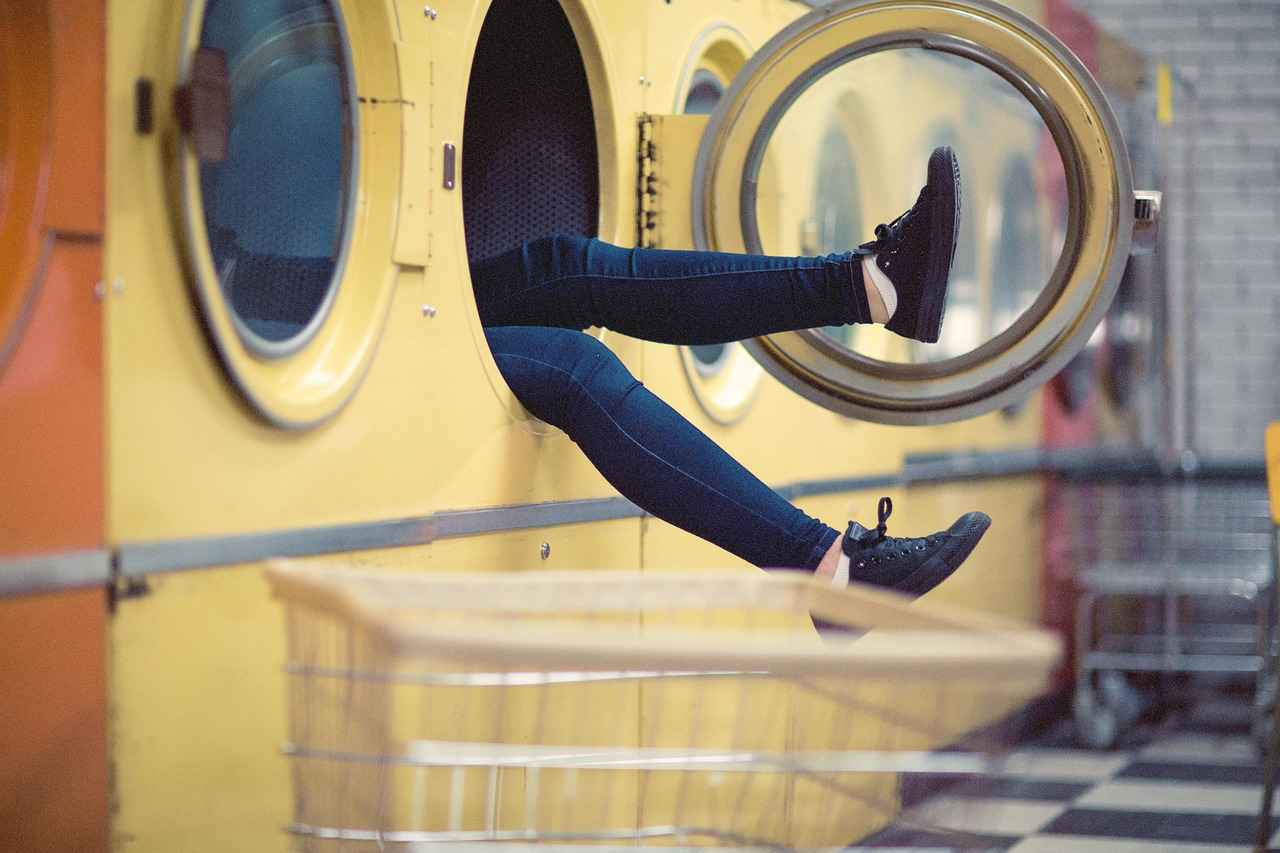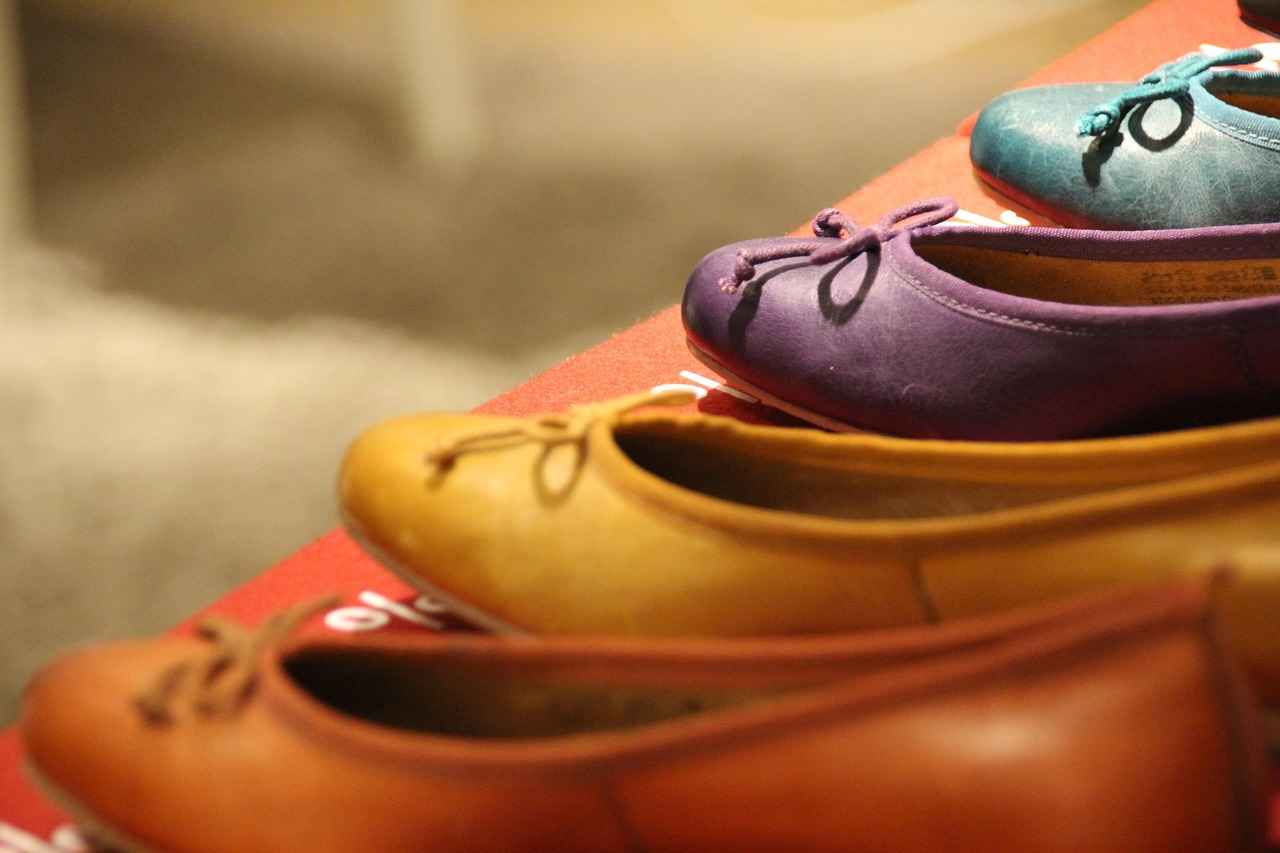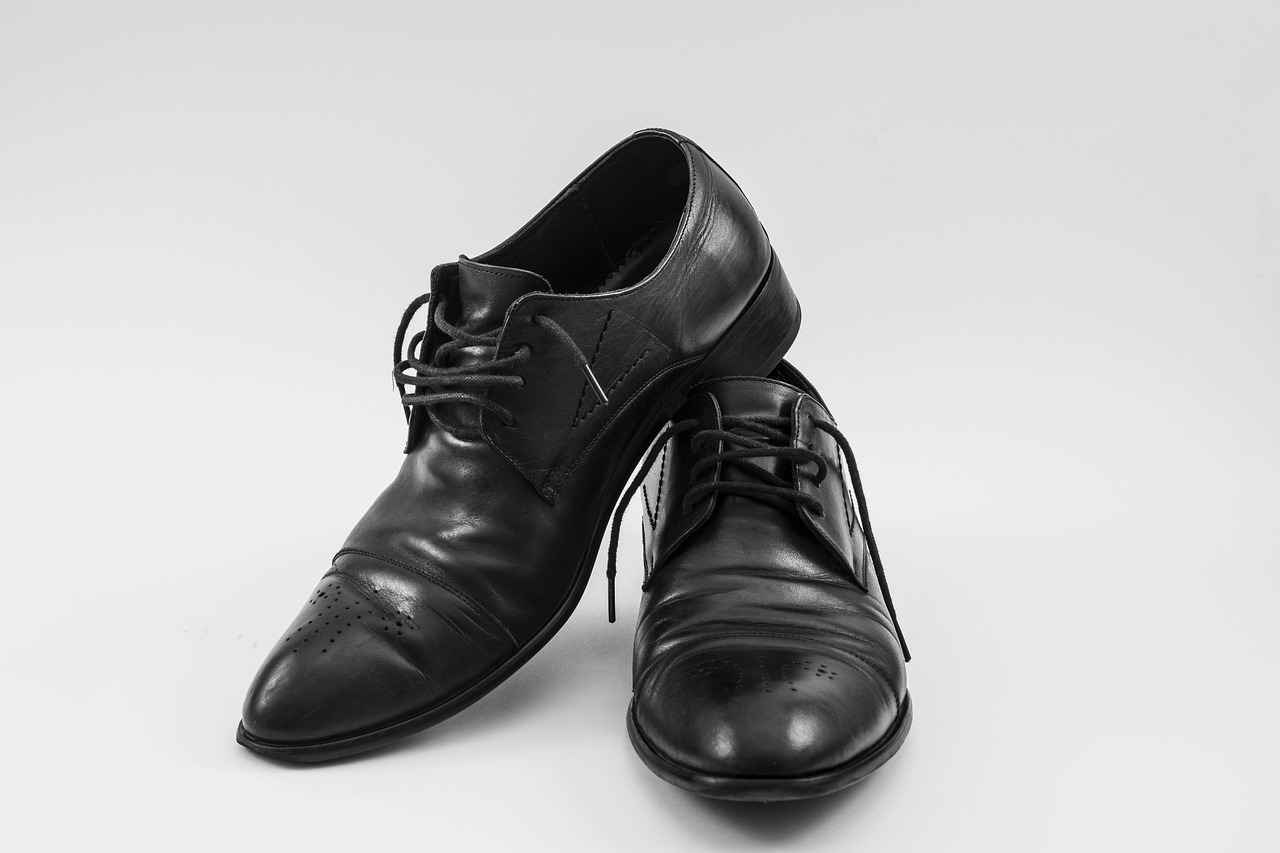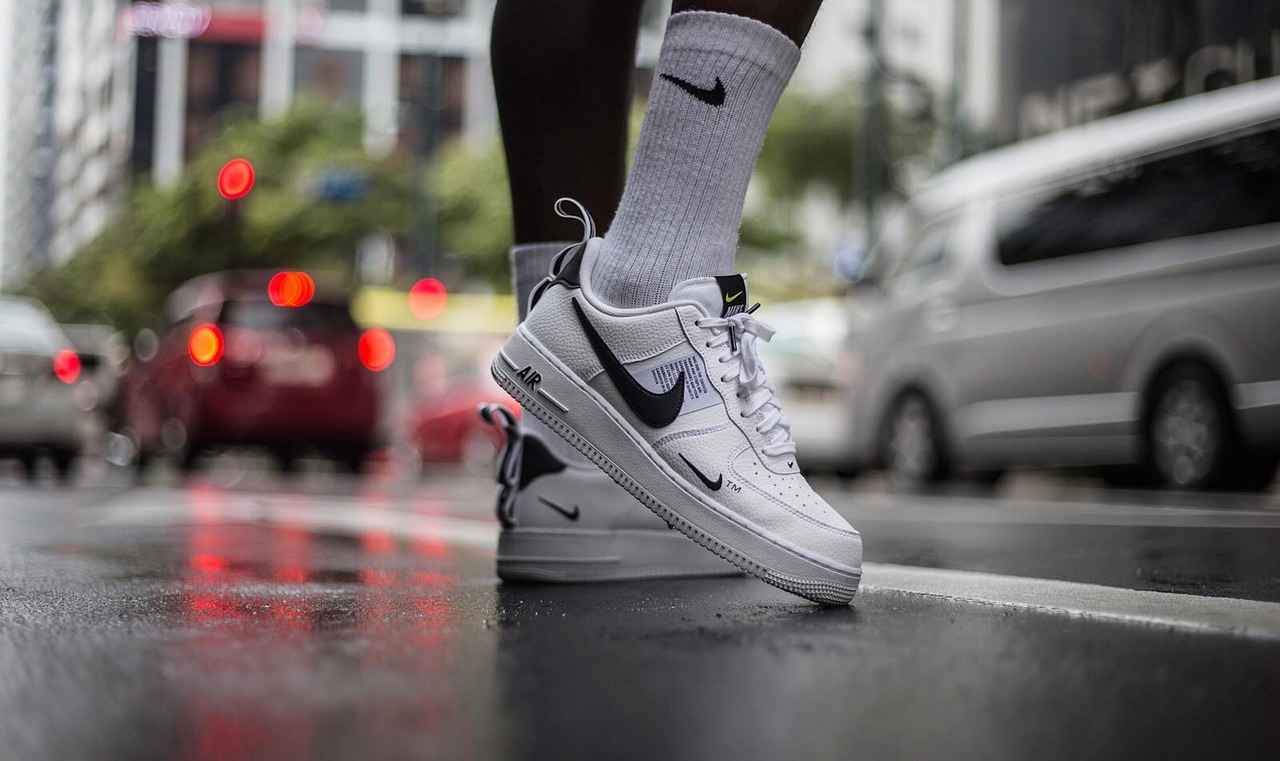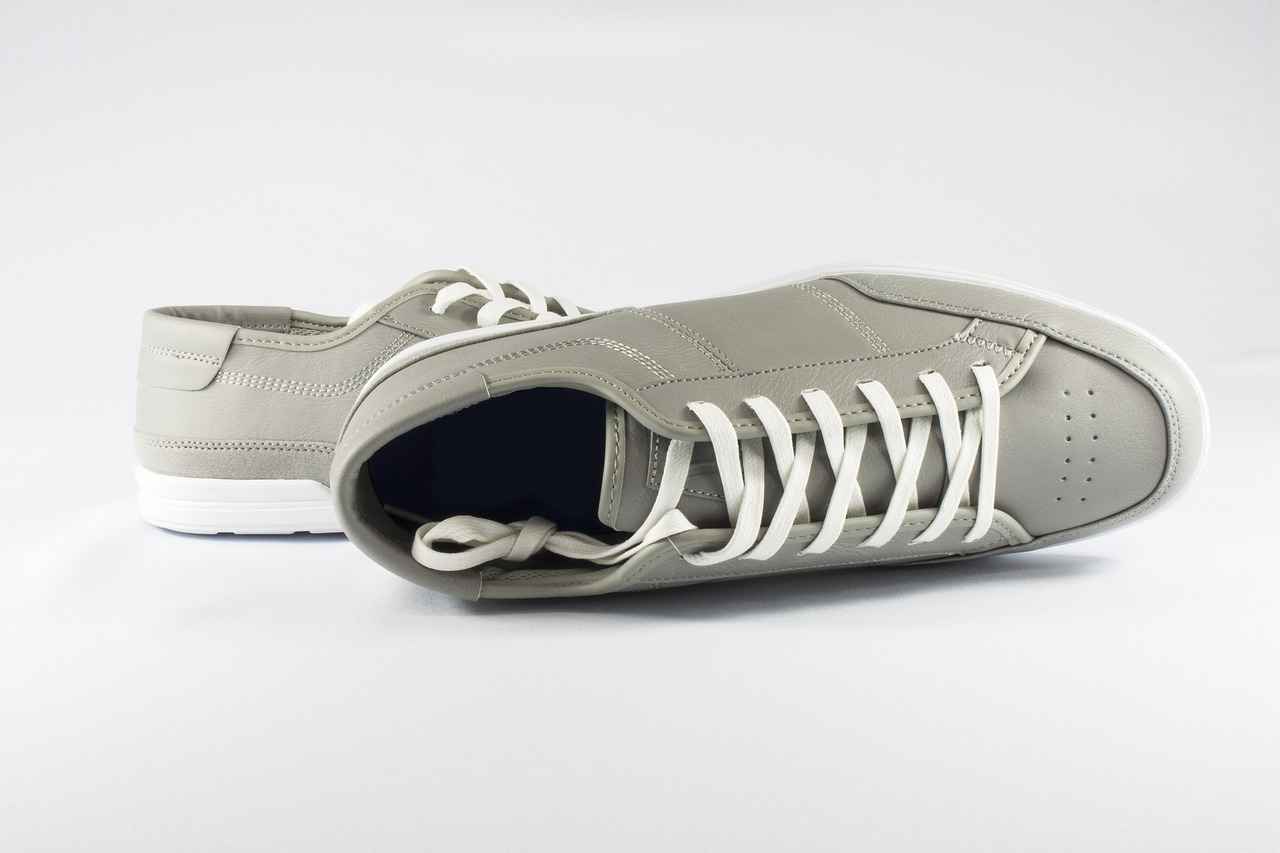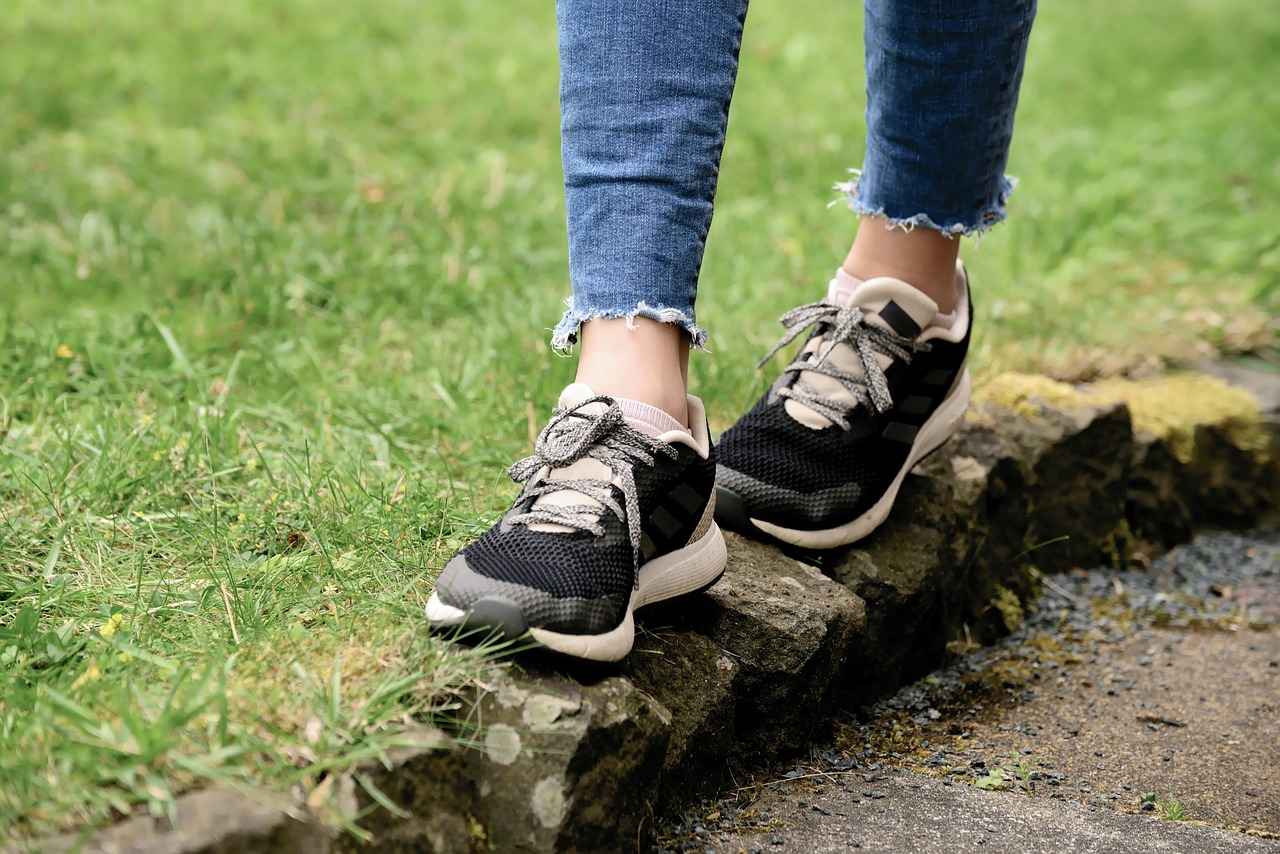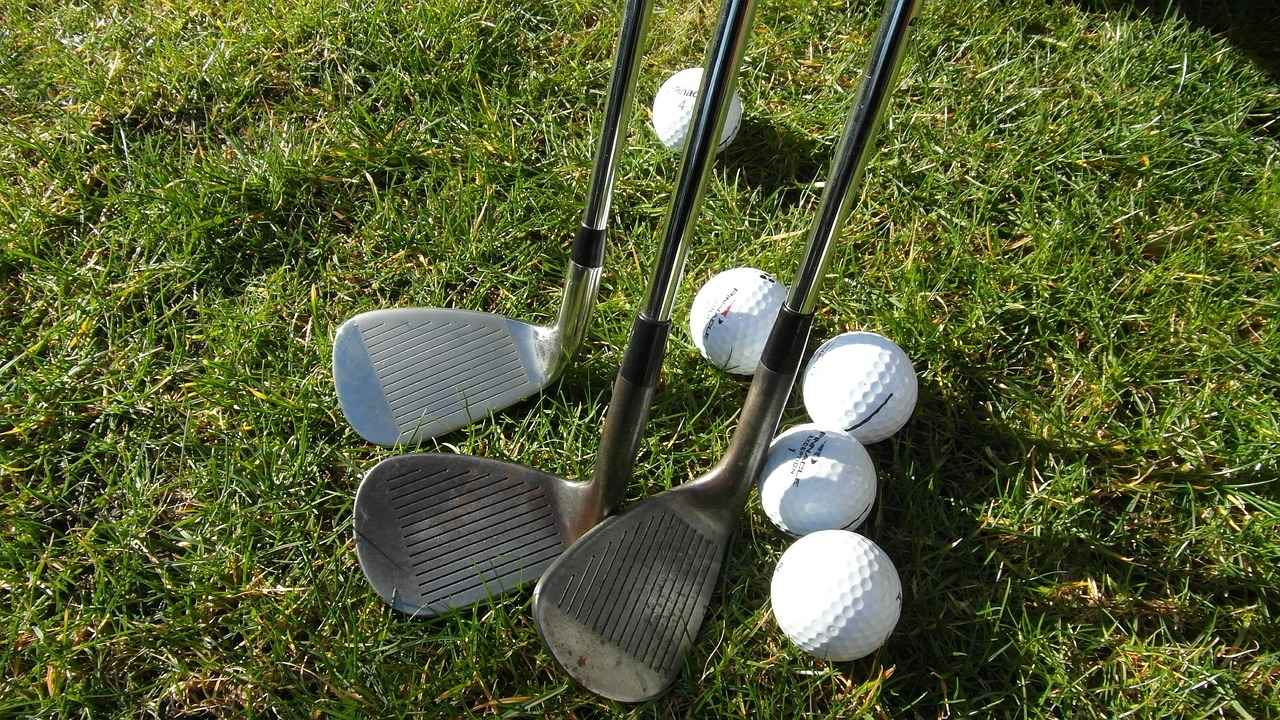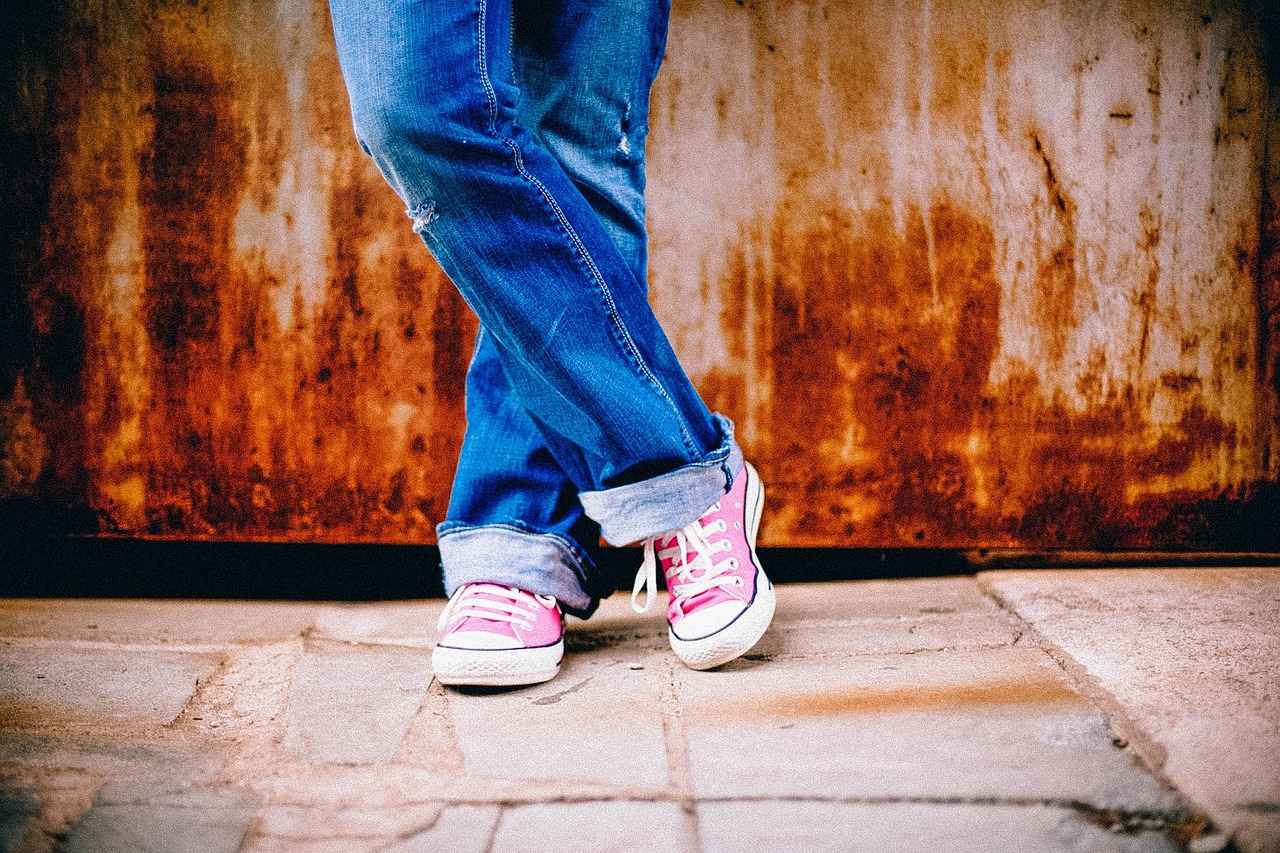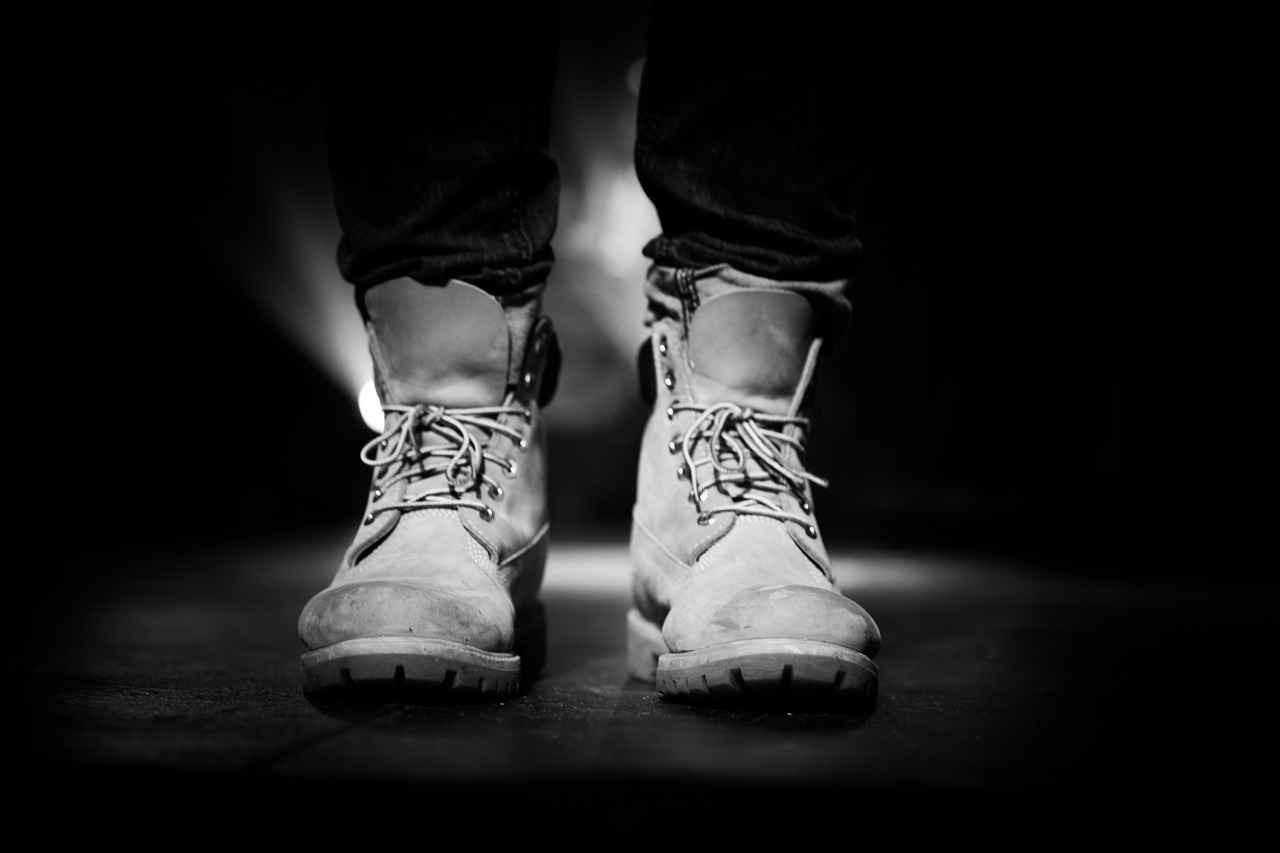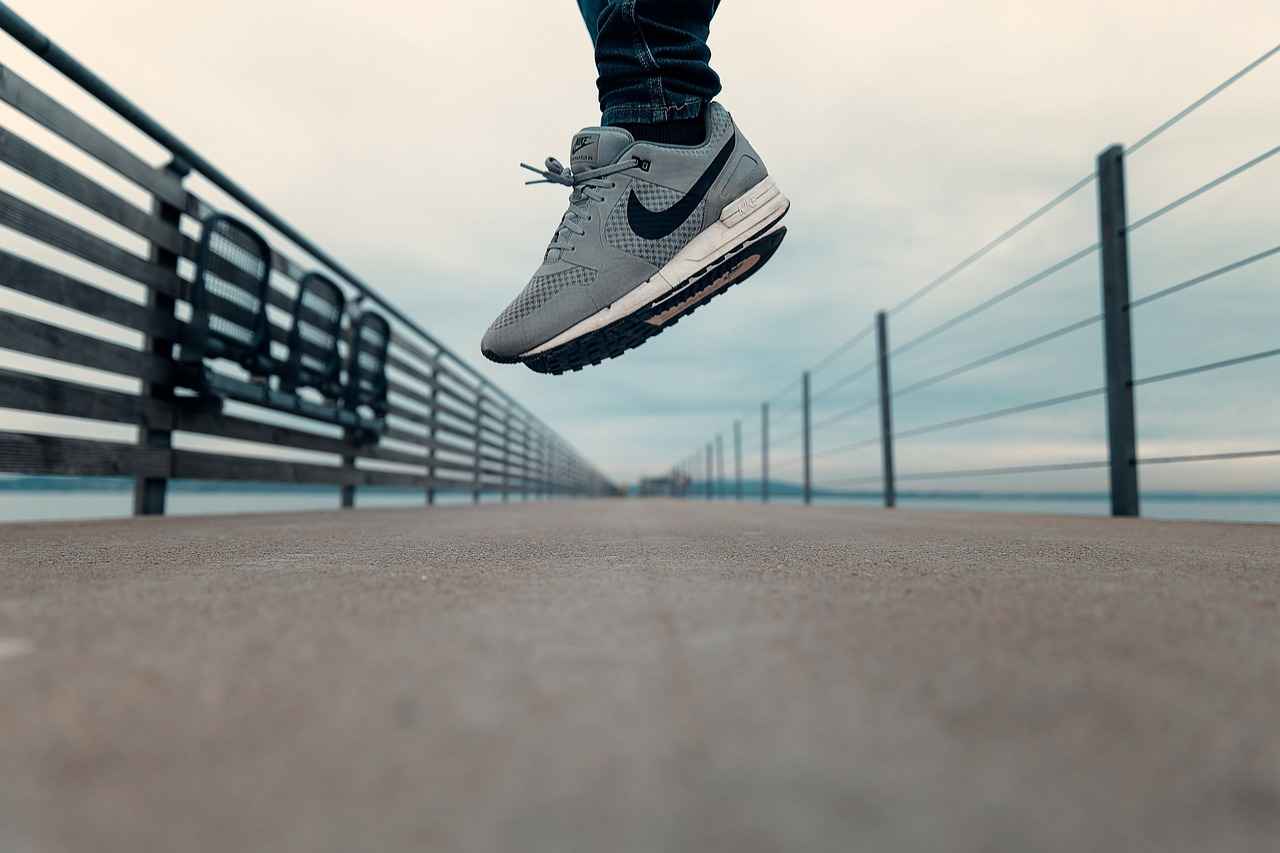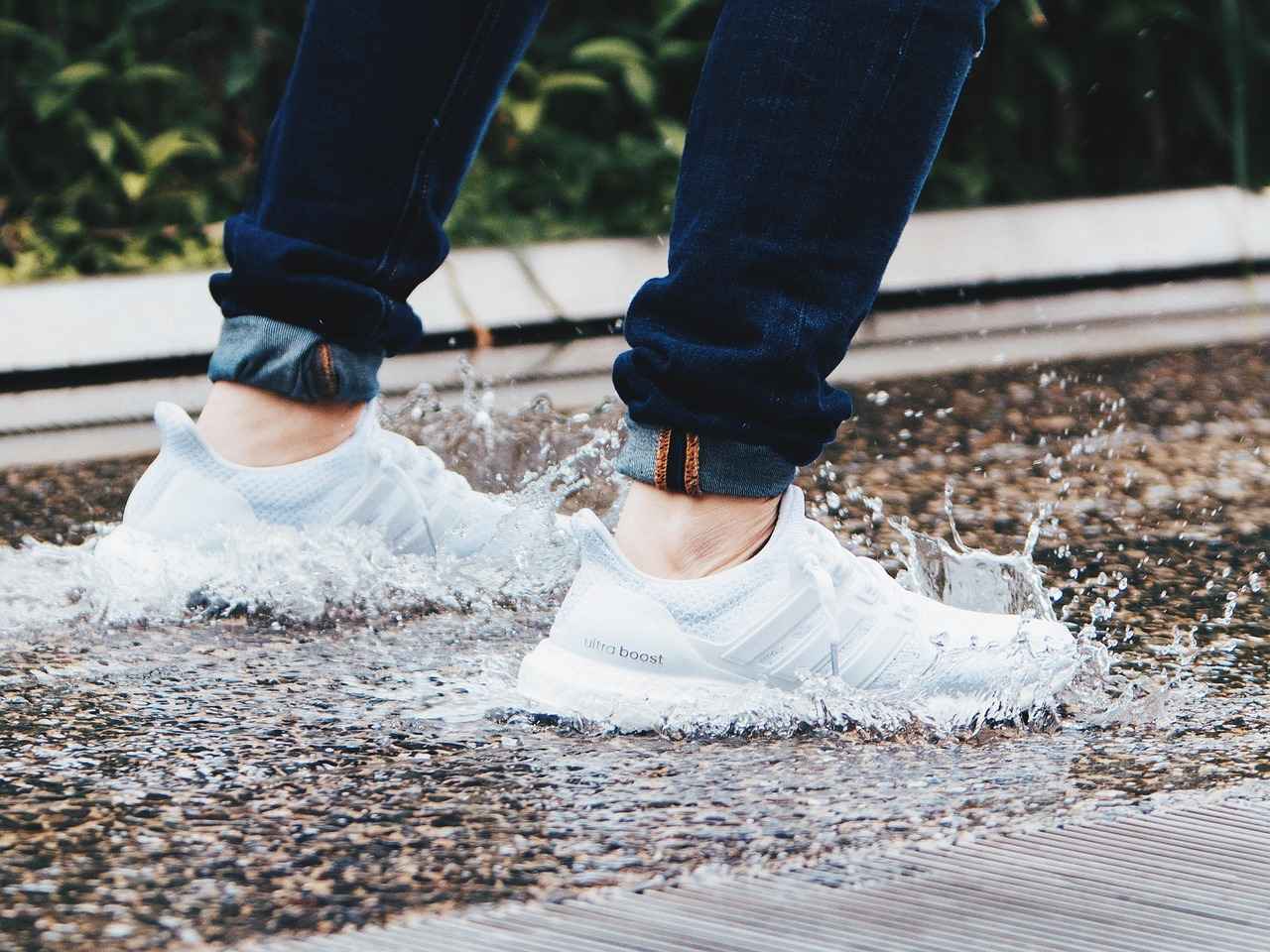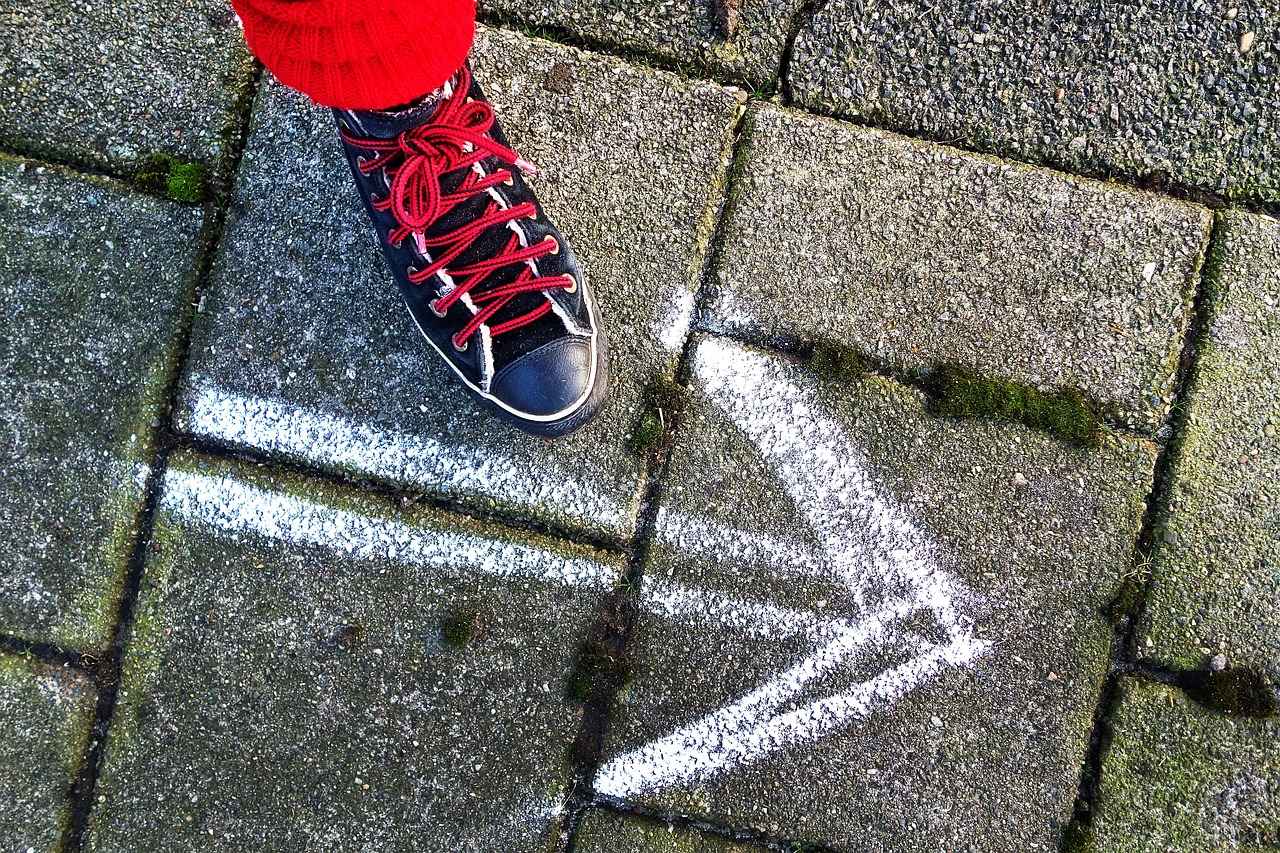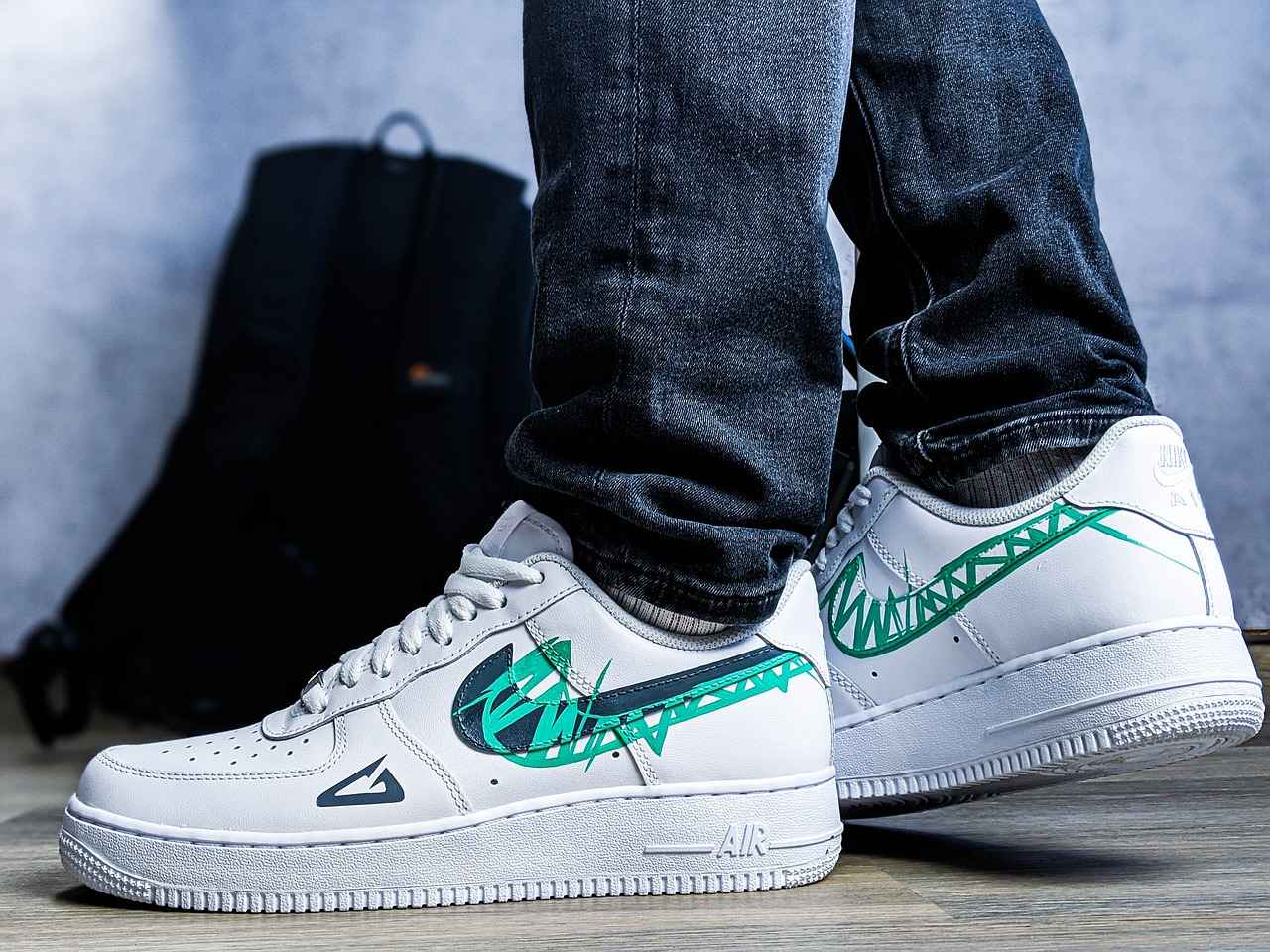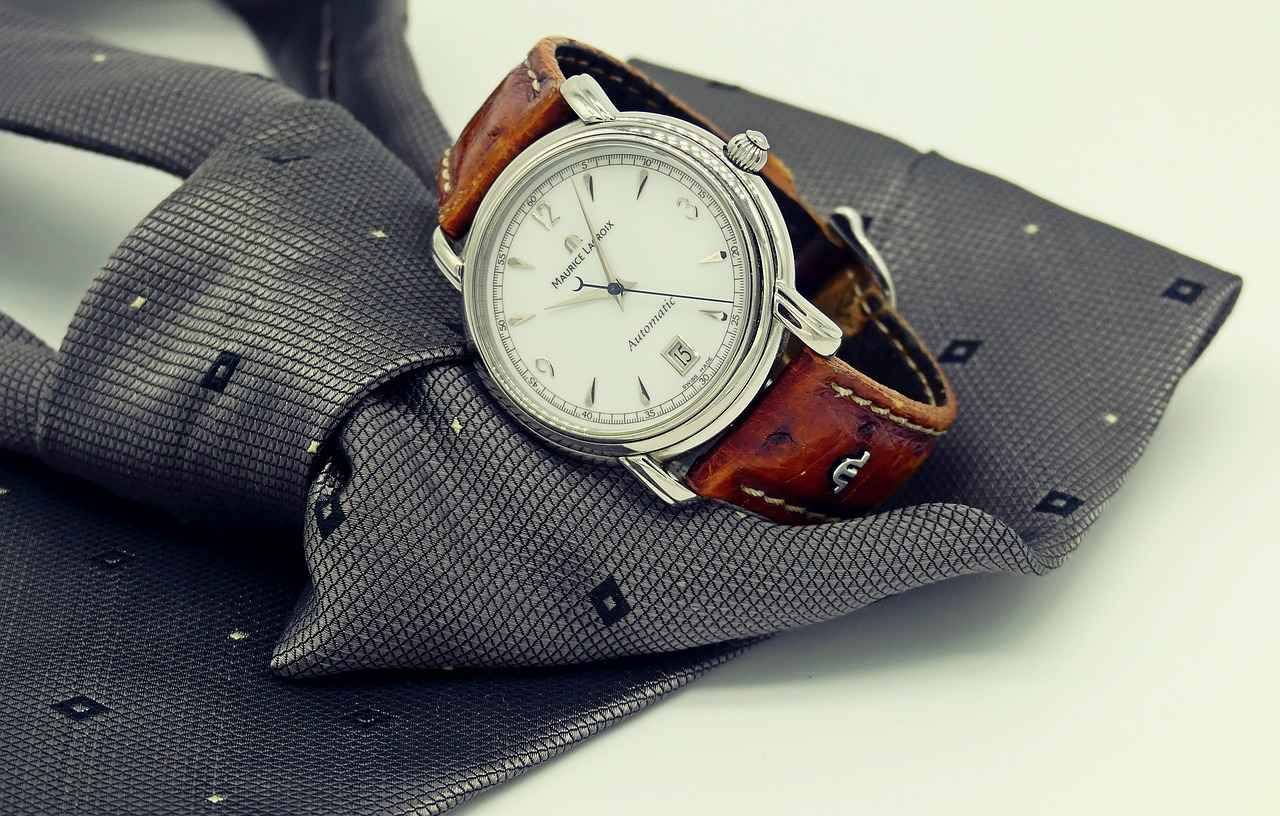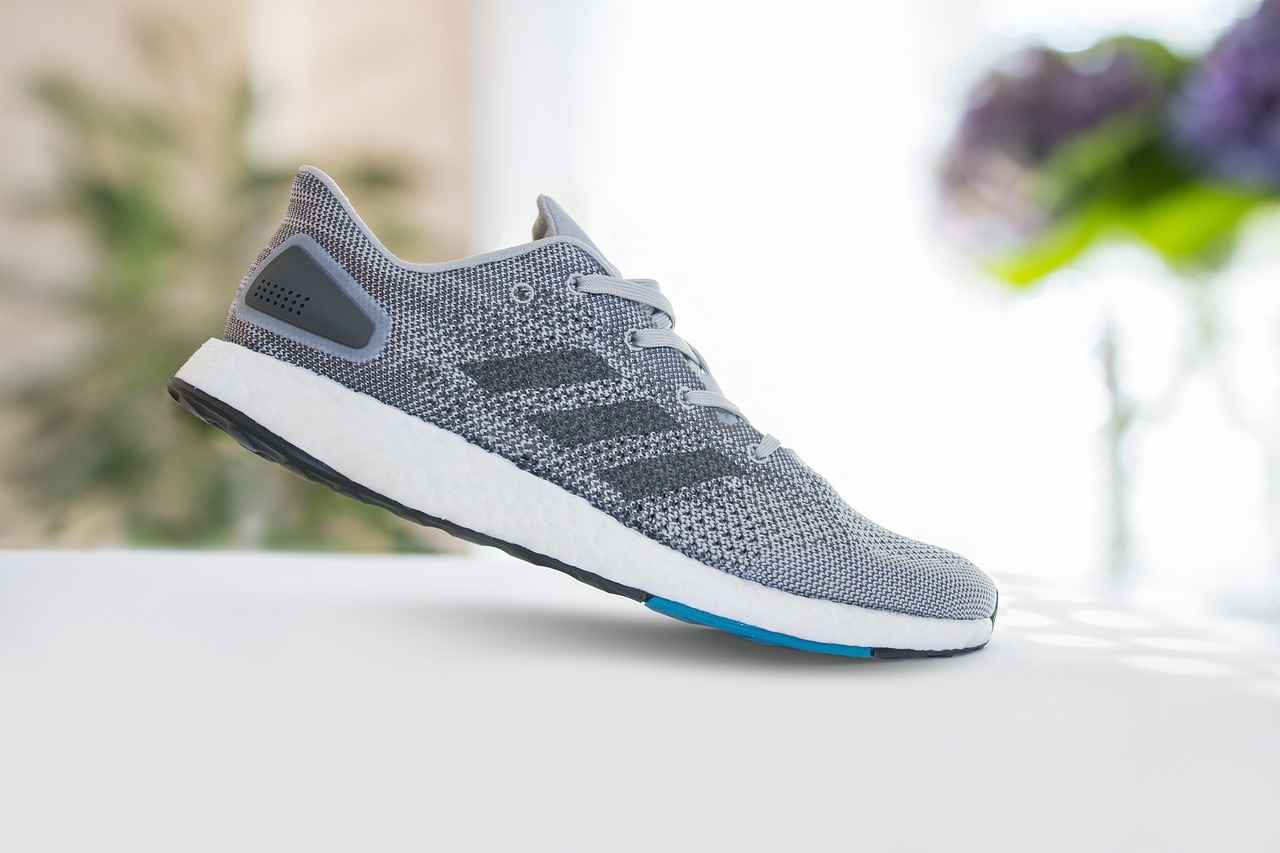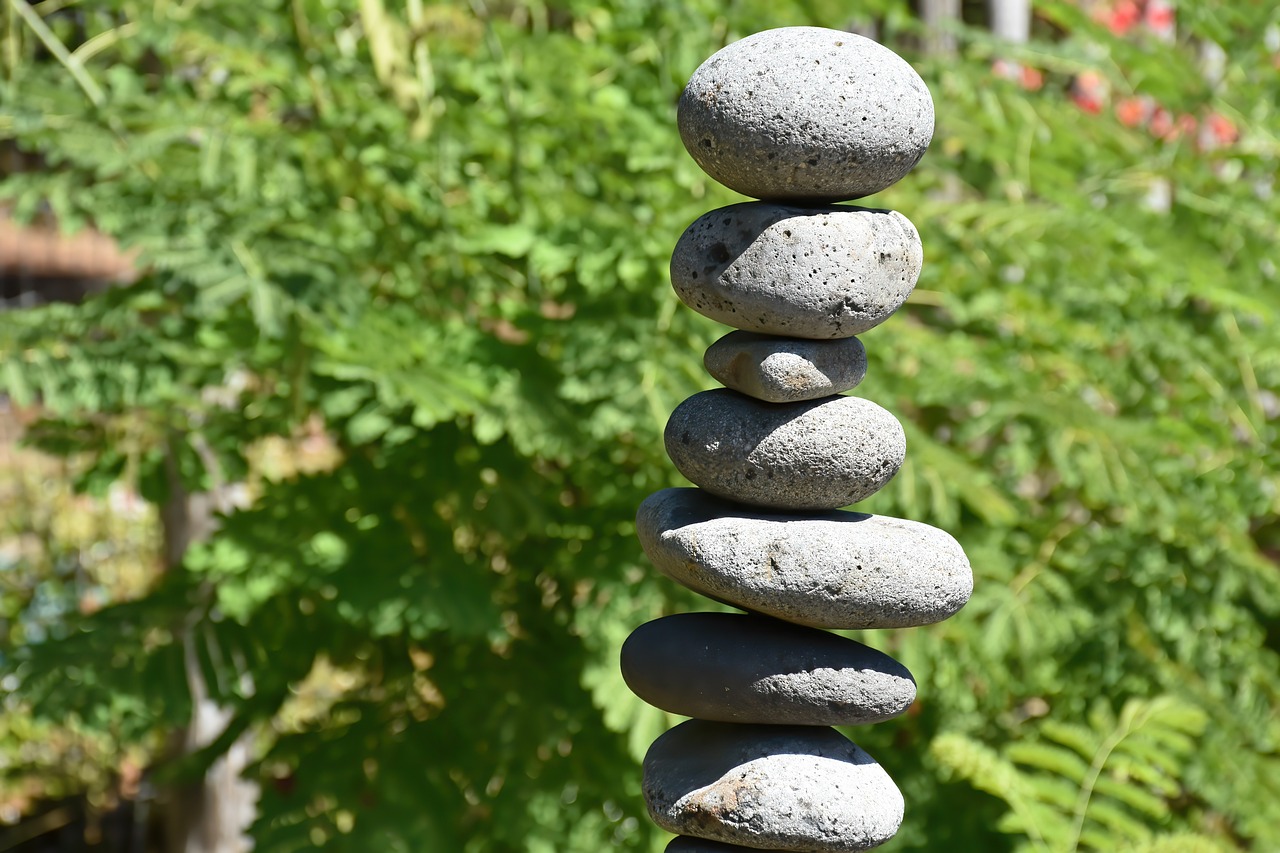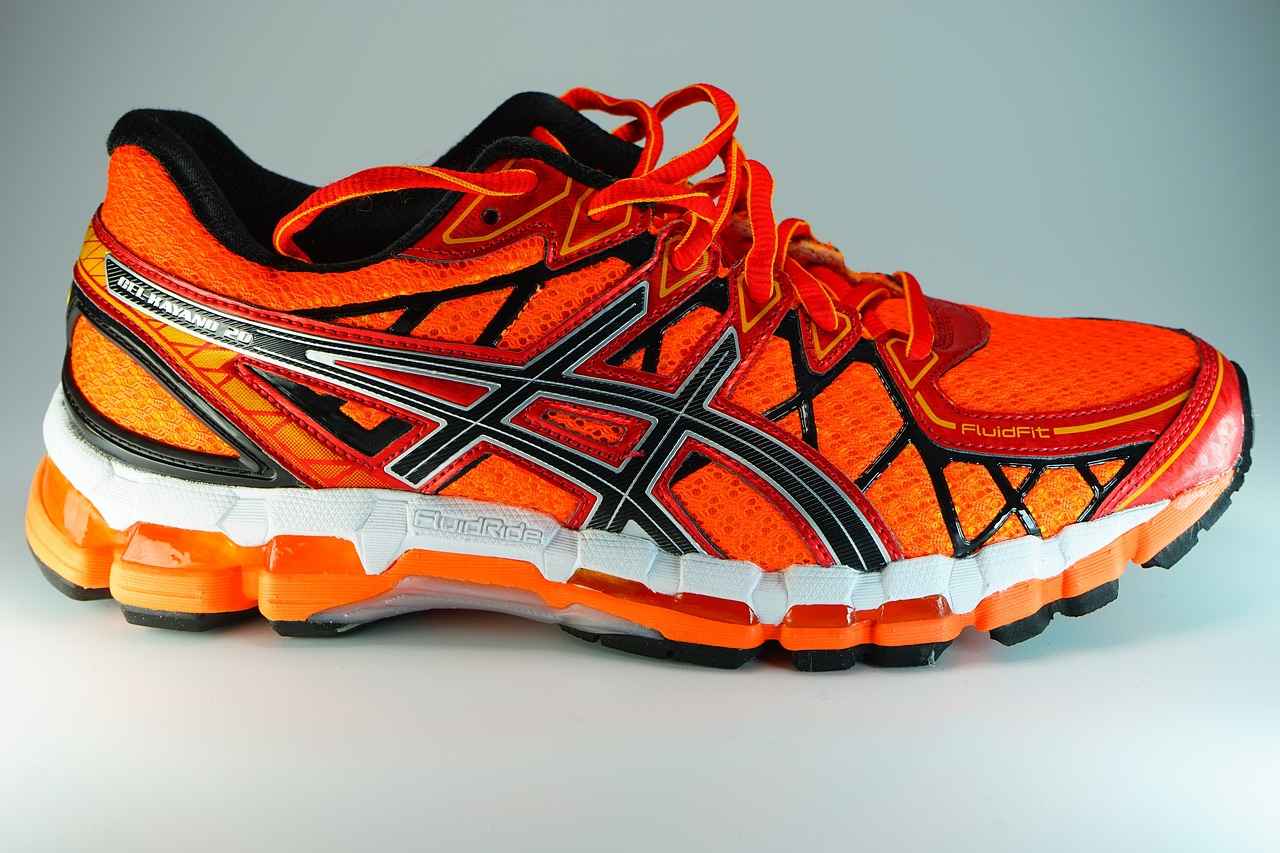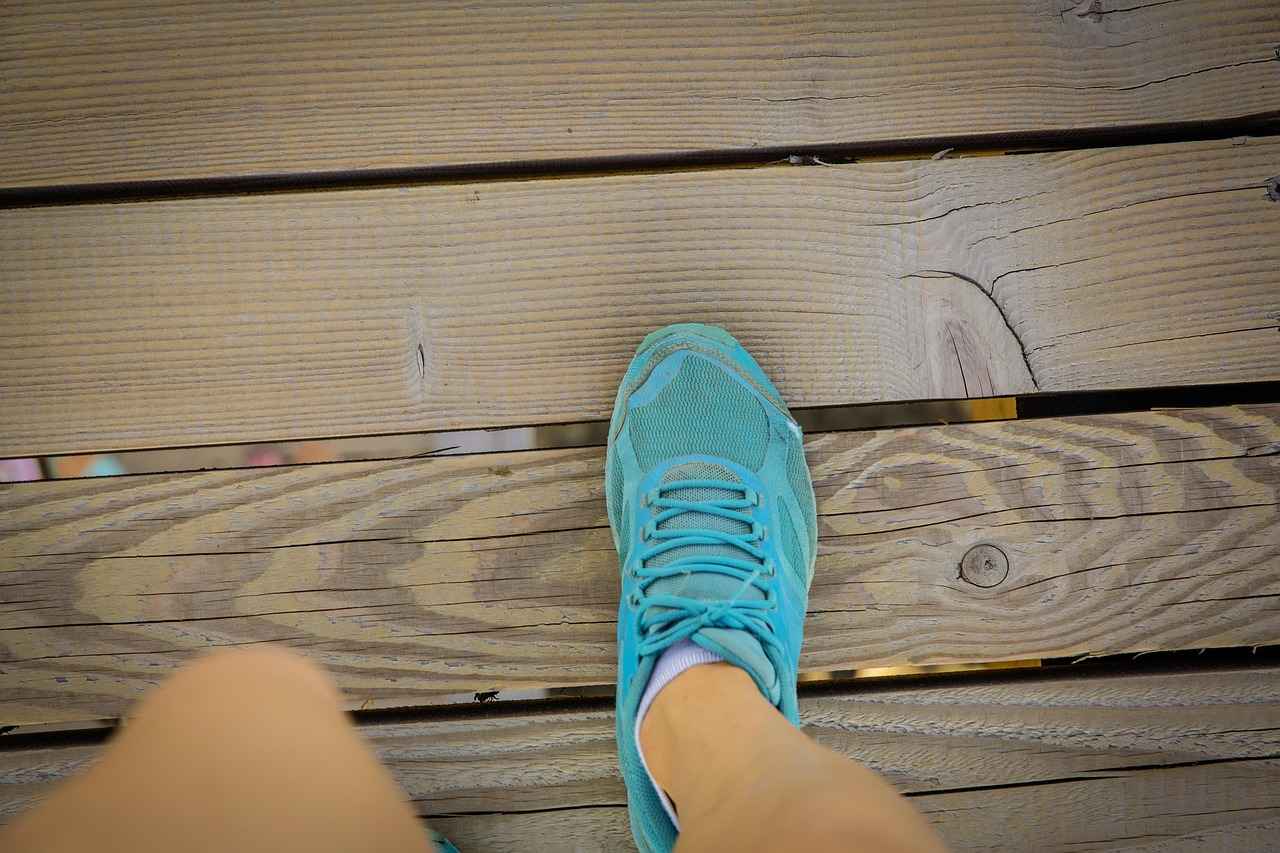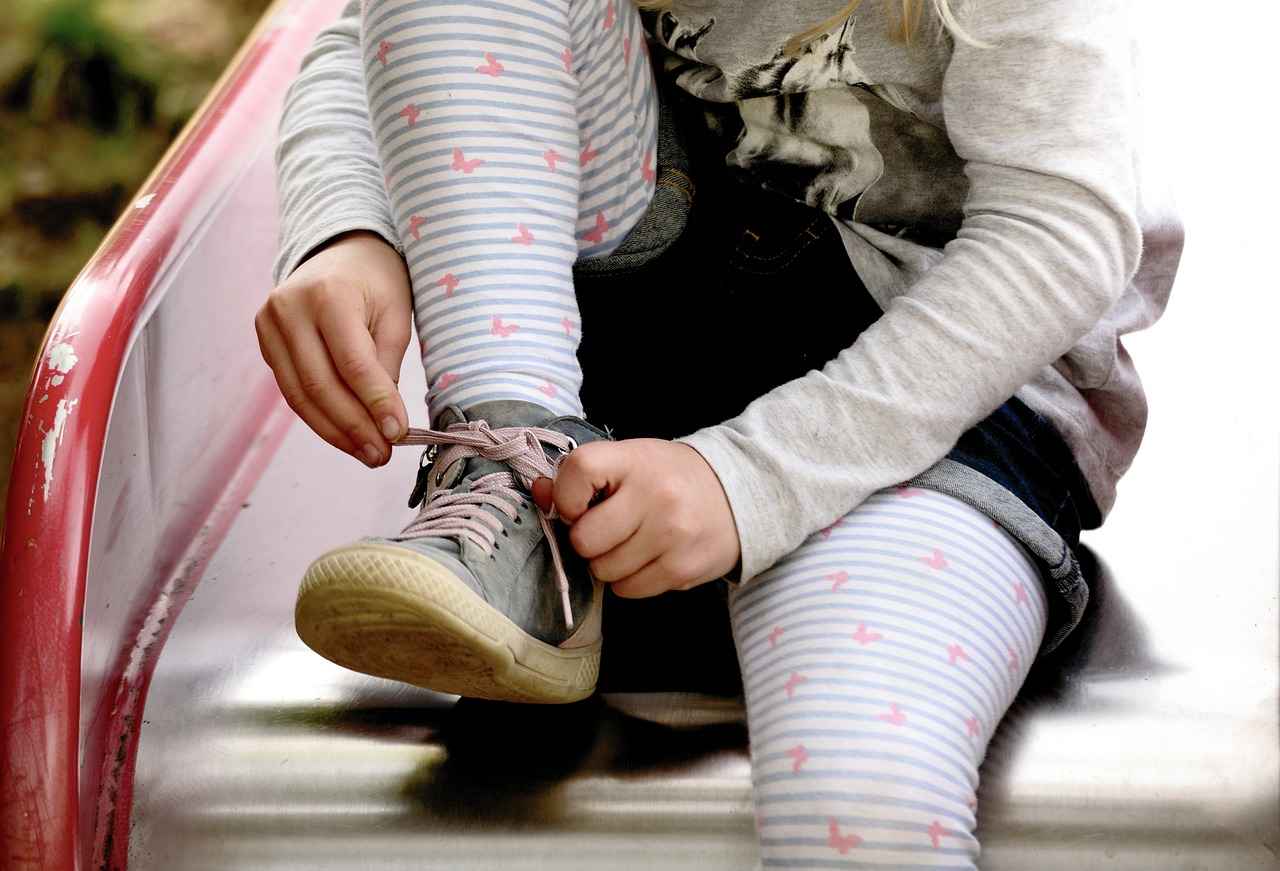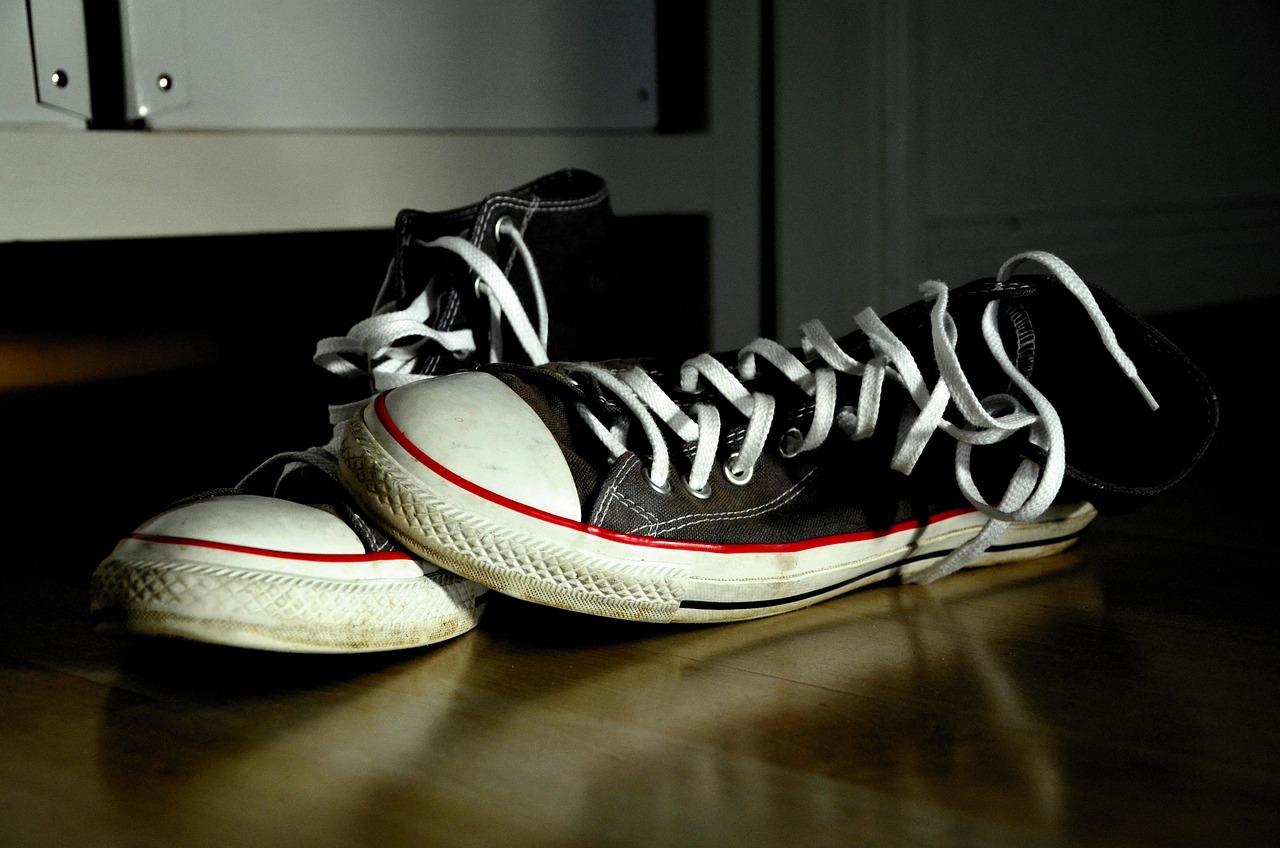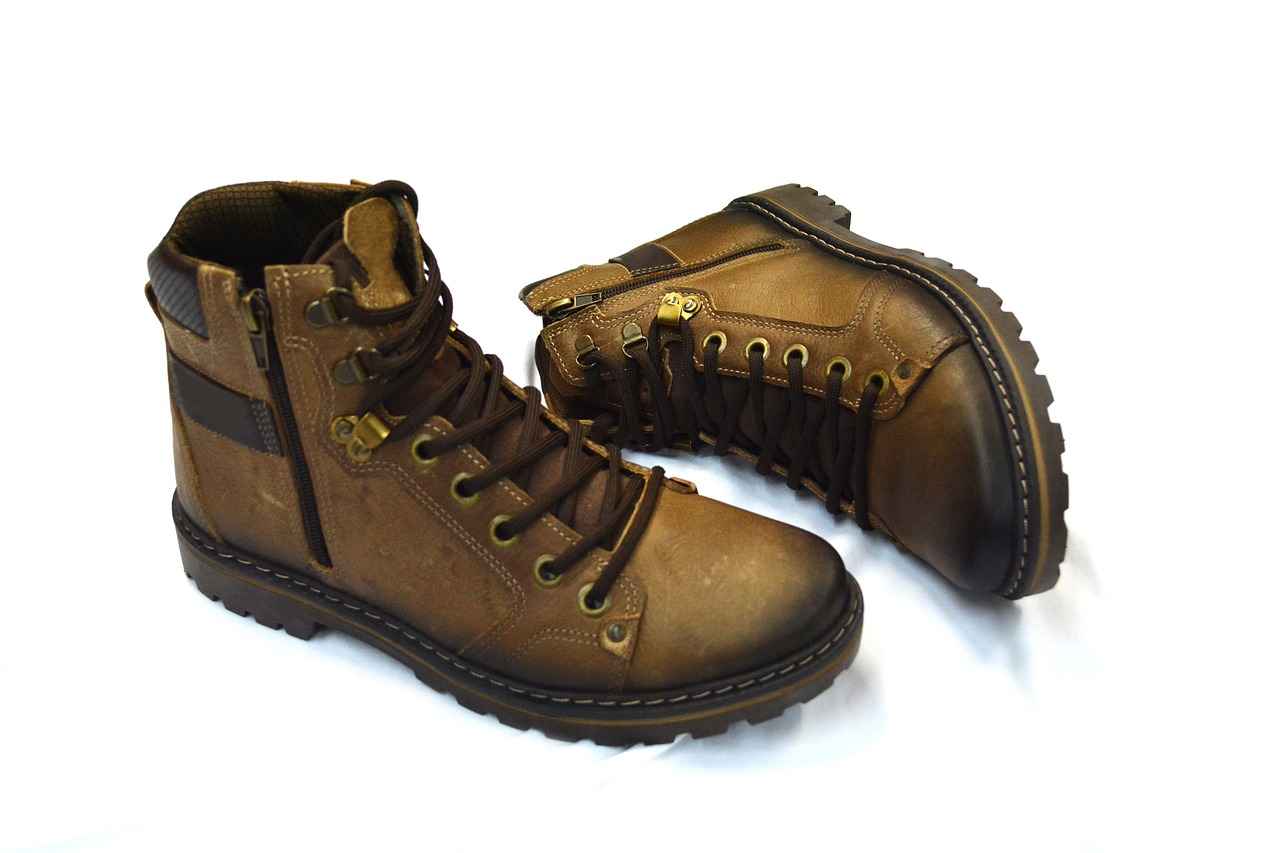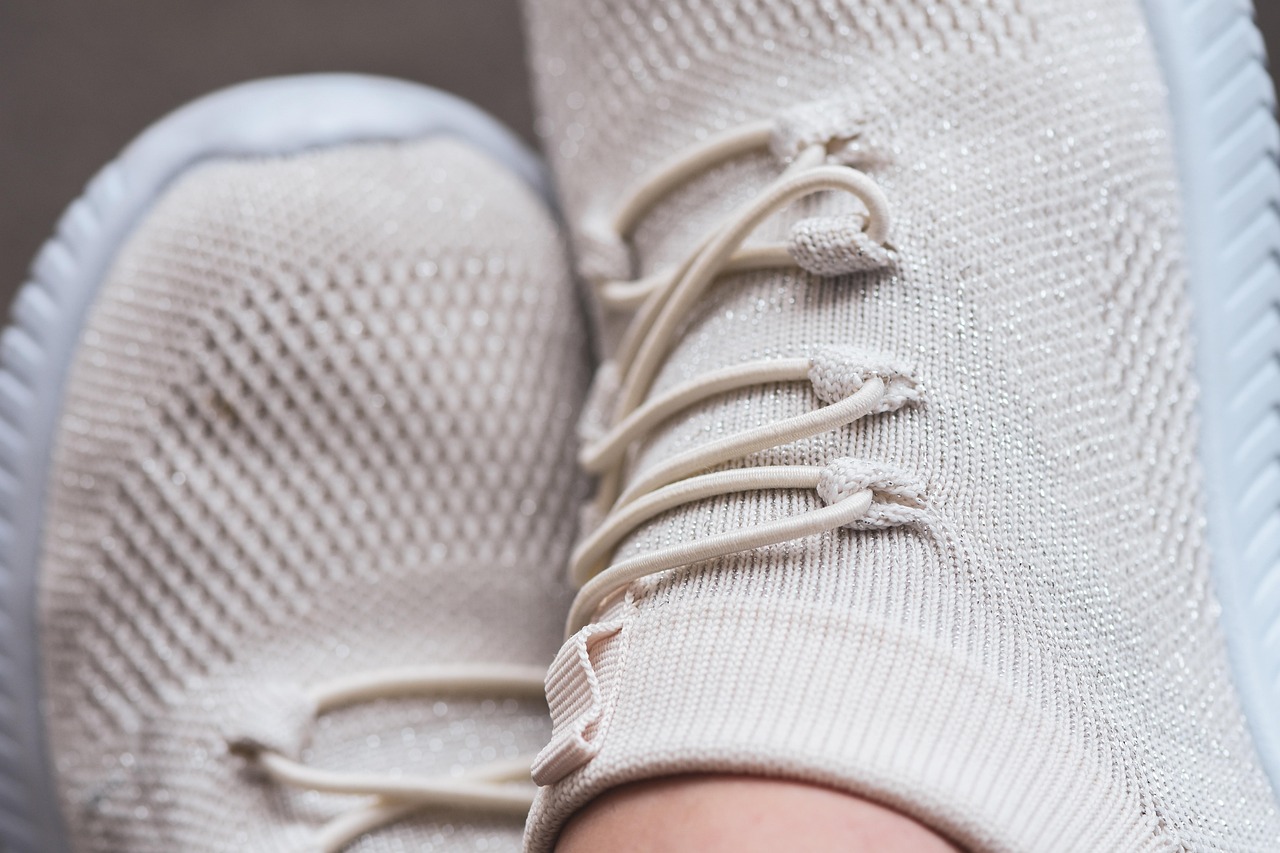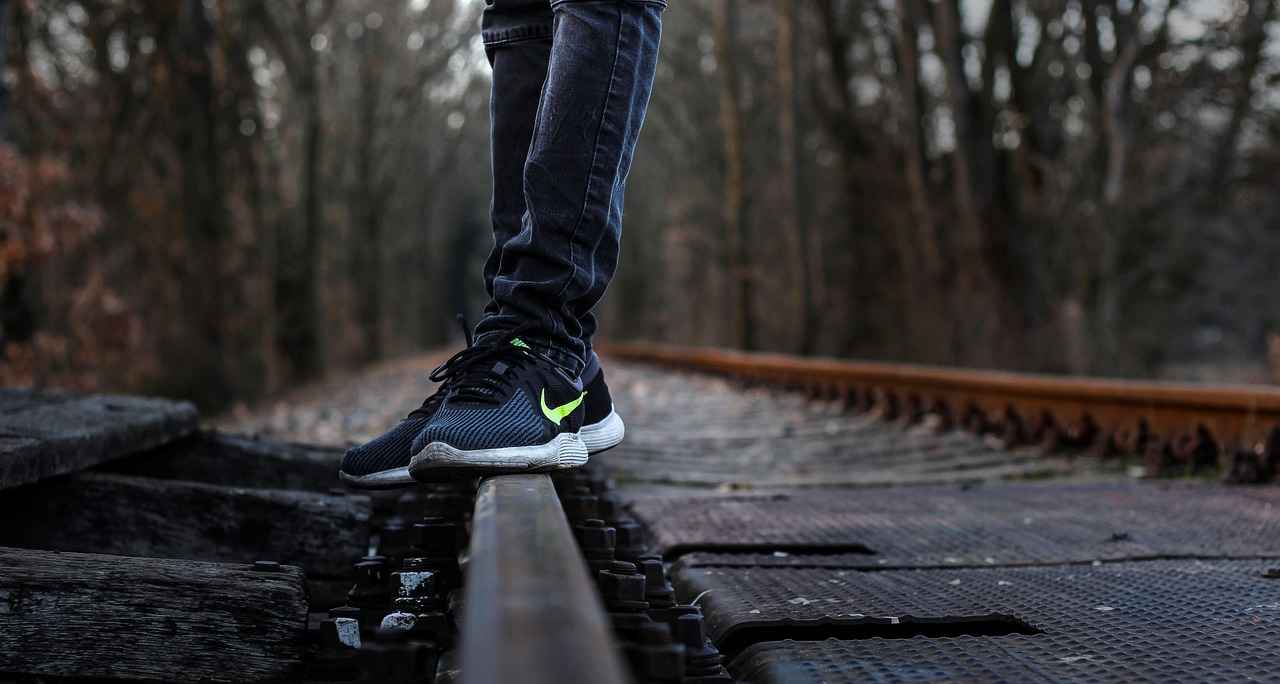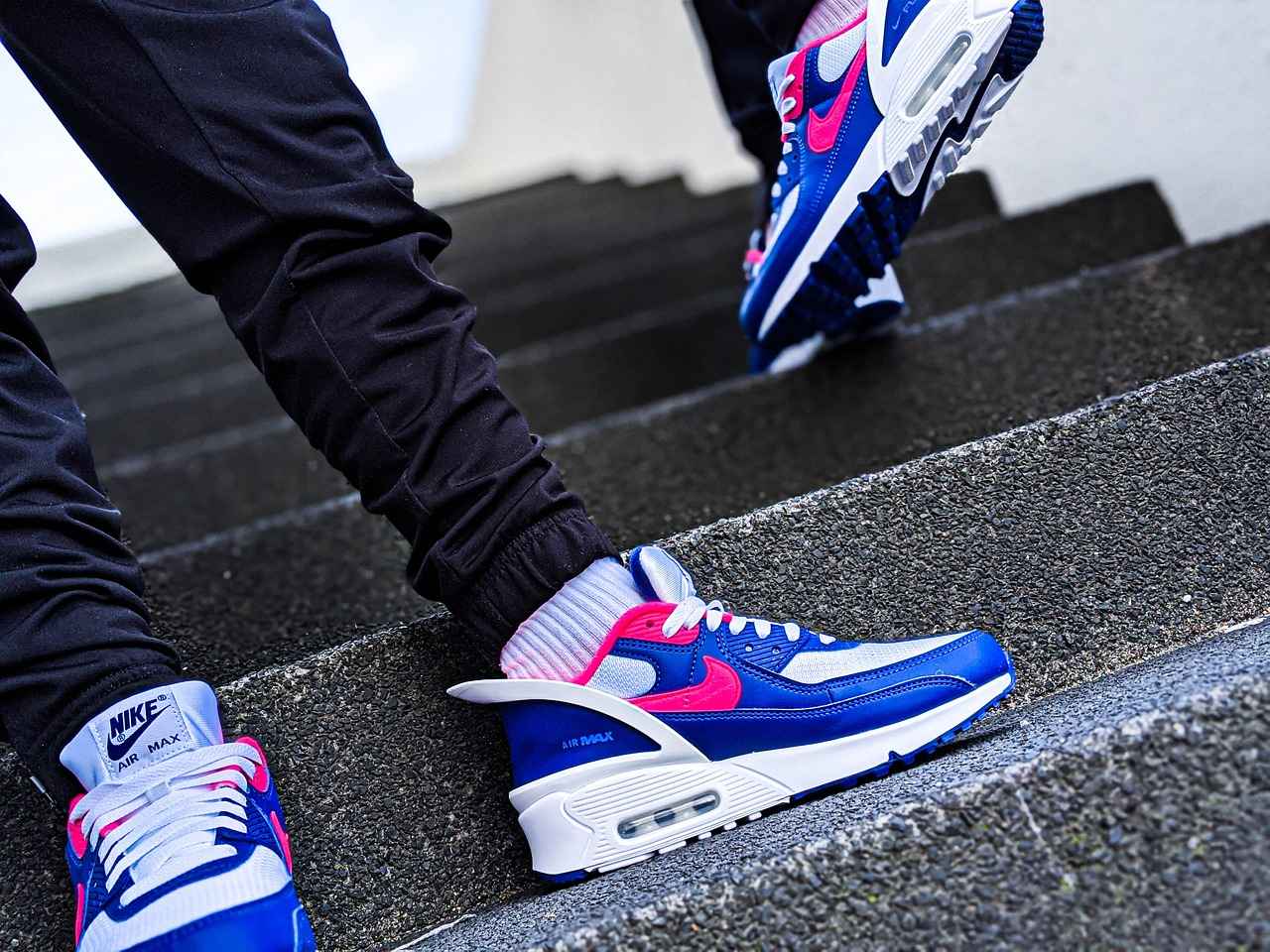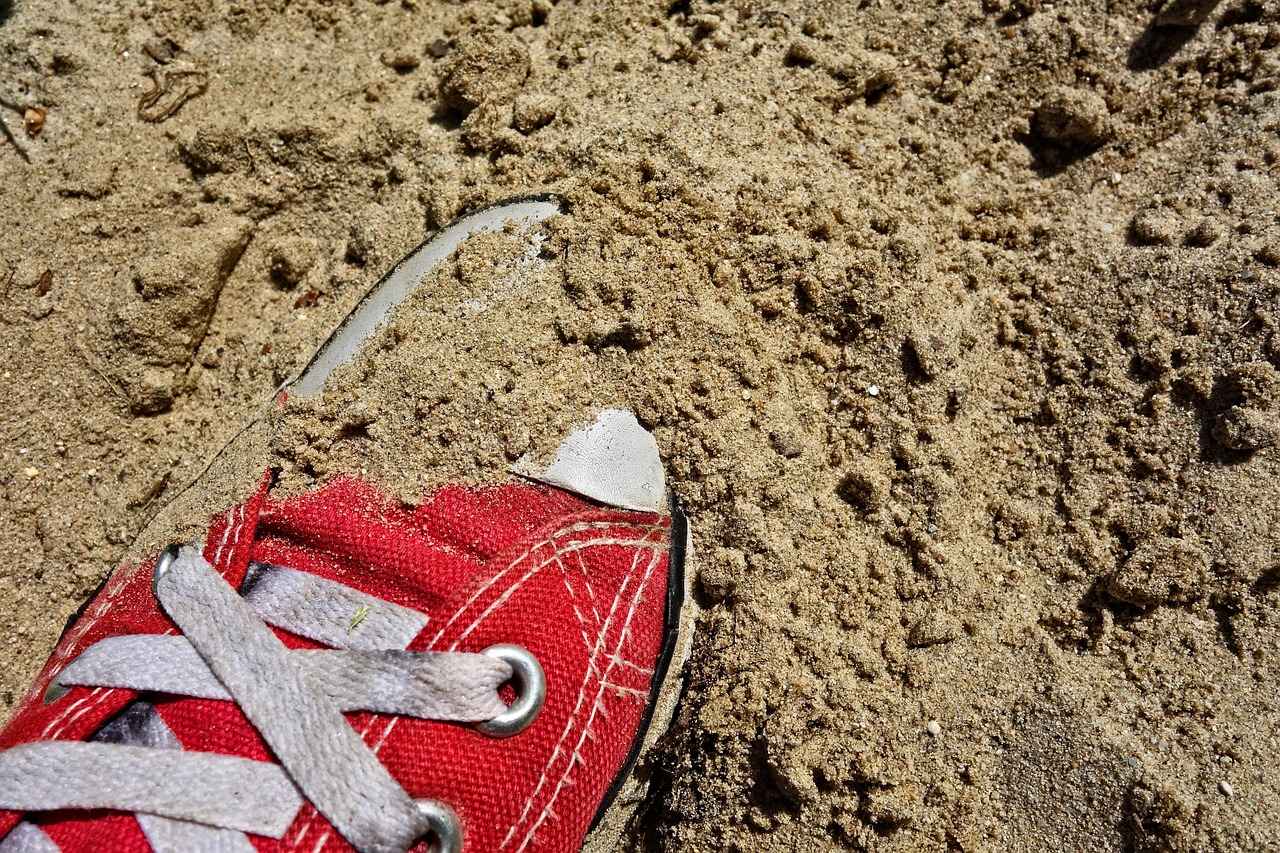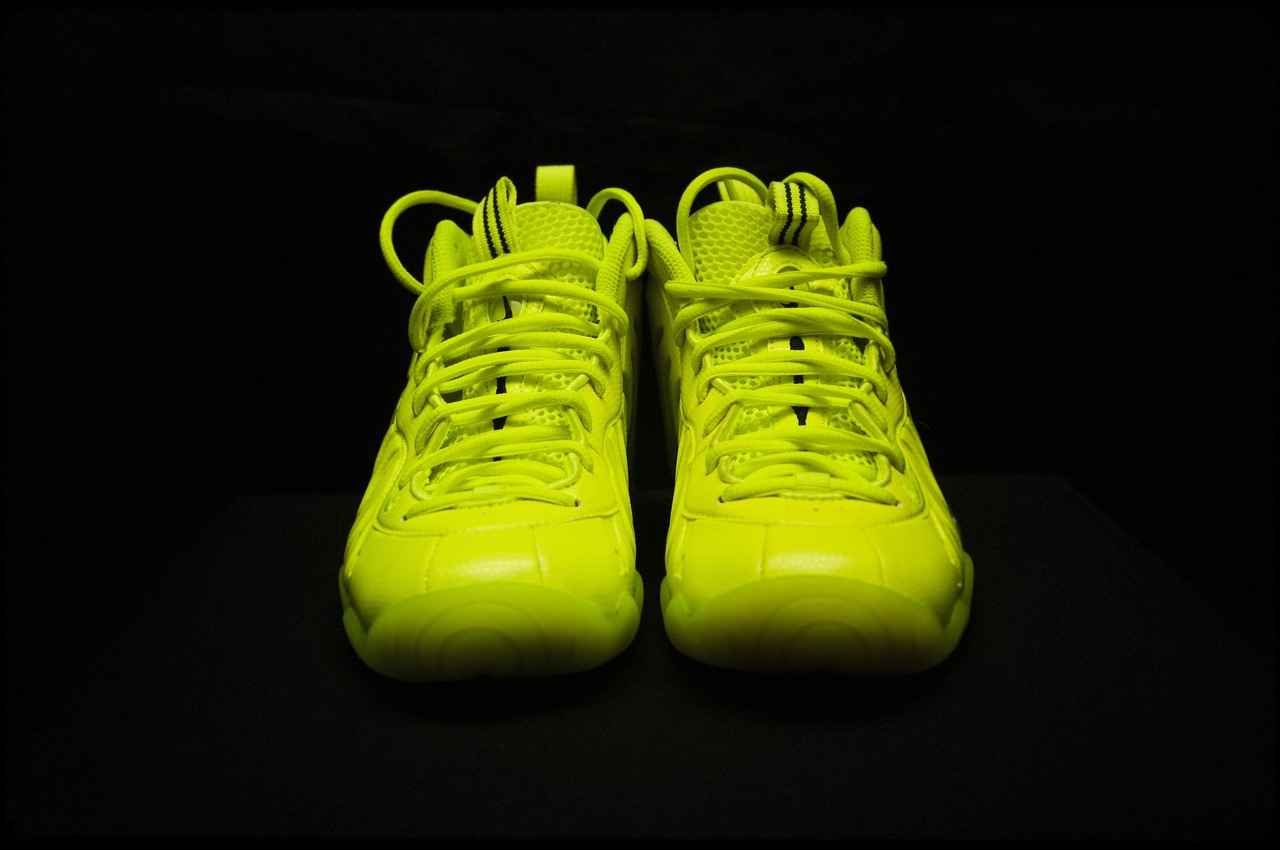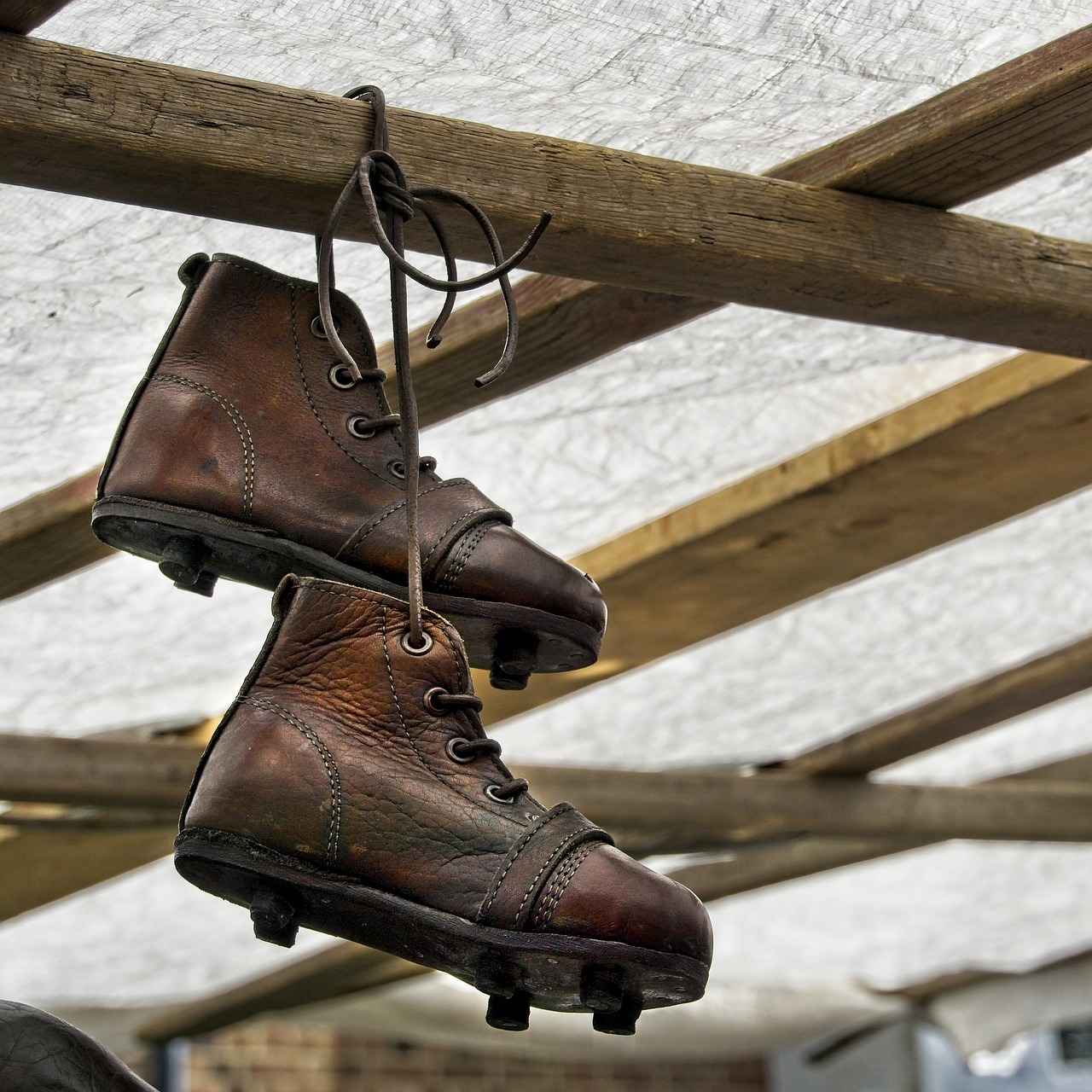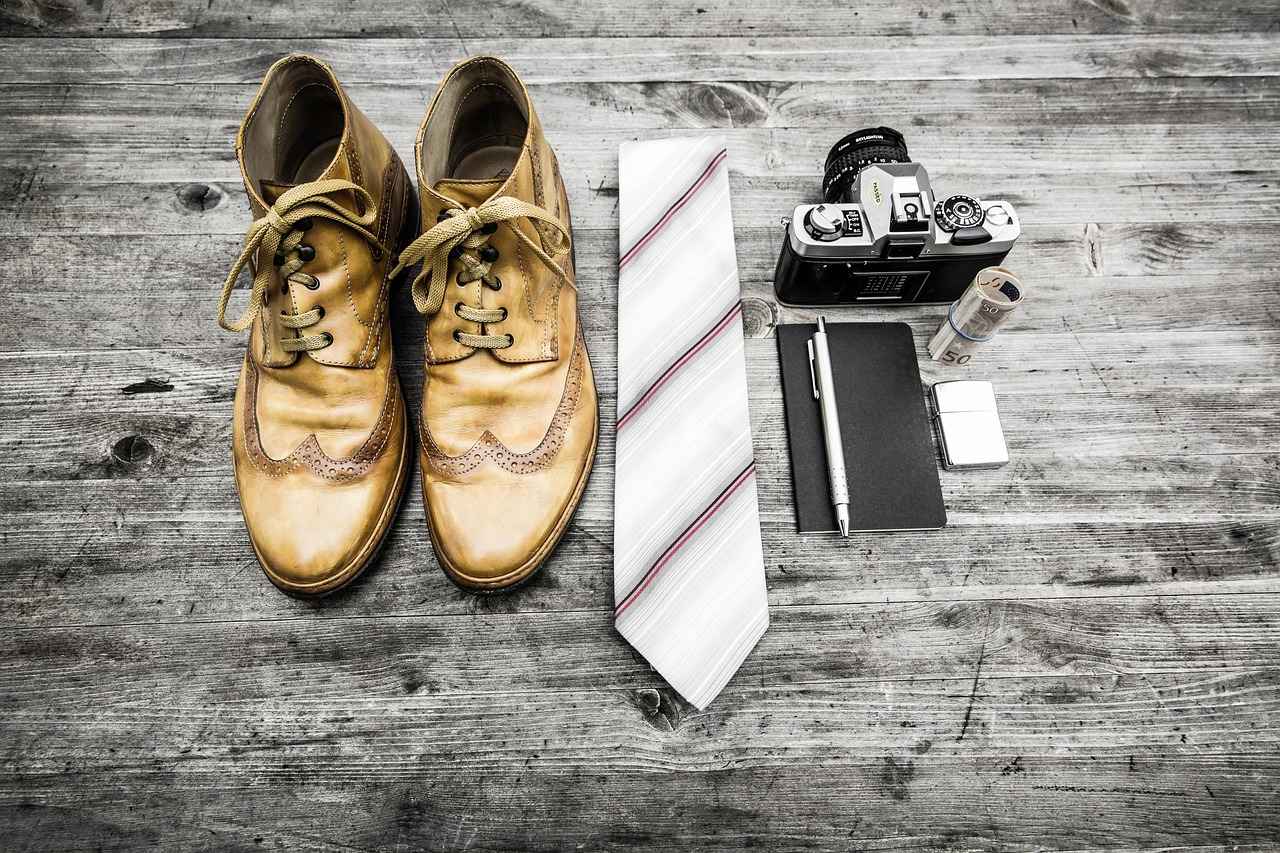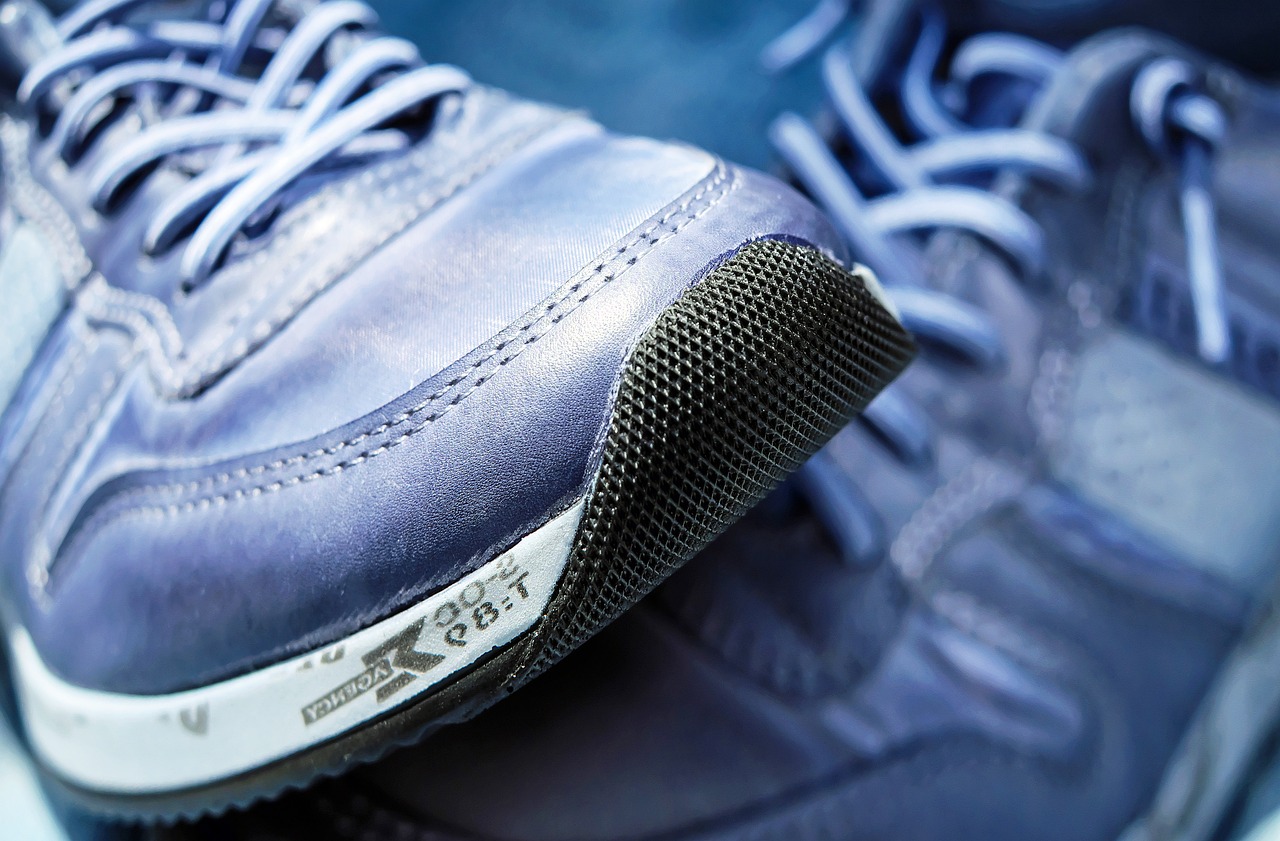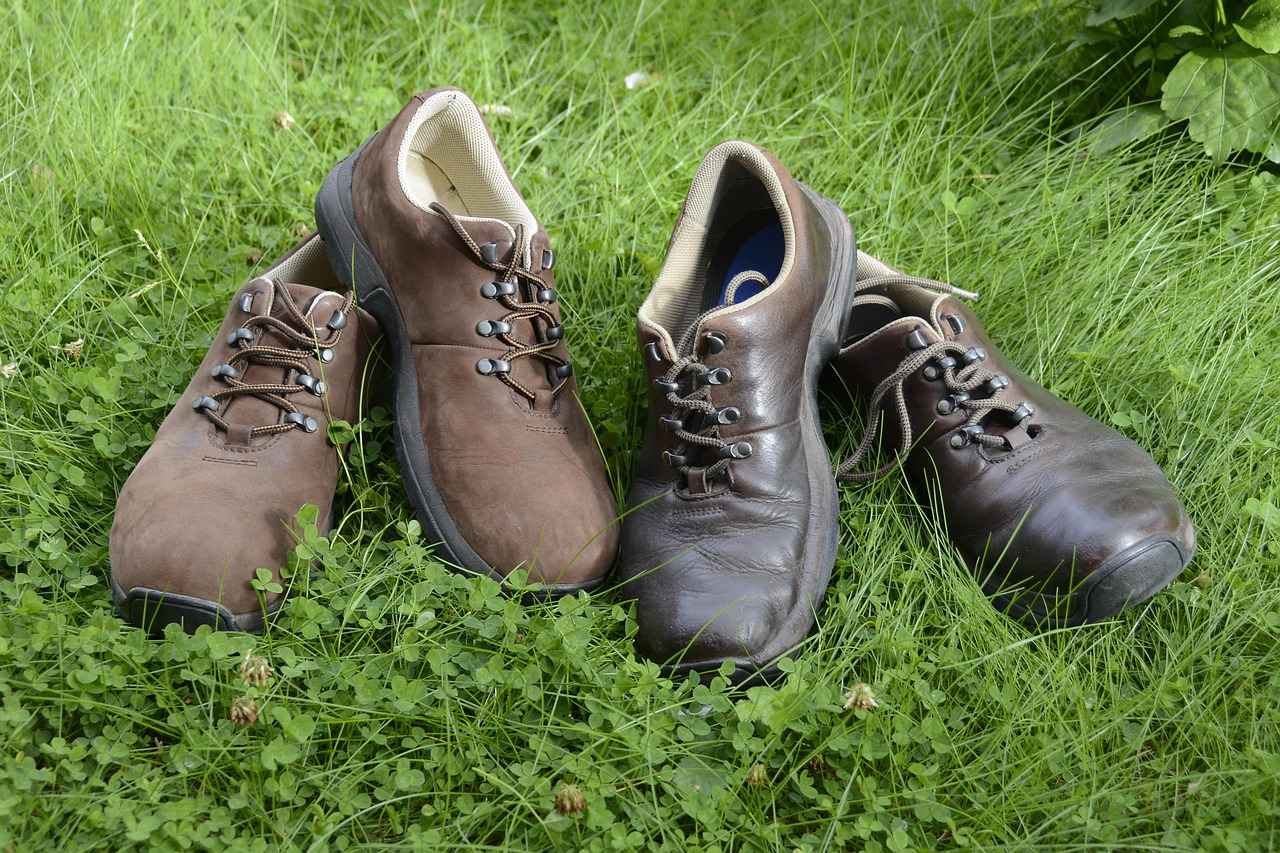This article delves into the critical aspects of selecting the right footwear, emphasizing comfort, style, and functionality. Understanding how to achieve the ideal balance for your feet during various activities is essential for overall well-being.
The Importance of Footwear Selection
Choosing the right footwear is essential for maintaining optimal foot health. Wearing improper shoes can lead to numerous foot problems, such as blisters, bunions, and plantar fasciitis. It is crucial to select shoes that not only fit well but also cater to your specific foot type and lifestyle needs.
Understanding Foot Types
Everyone’s feet are unique, and different foot types necessitate specific shoe designs for optimal support. Here’s a breakdown of common foot shapes:
- Flat Feet
- High-Arched Feet
- Neutral Feet
Flat Feet and Footwear Options
Individuals with flat feet often require shoes with enhanced arch support to prevent discomfort. Recommended options include:
- Stability shoes
- Motion control shoes
Benefits of Arch Support
Proper arch support is vital for those with flat feet, as it promotes better alignment and reduces strain on the foot. This support can significantly enhance comfort and mitigate common foot ailments.
Recommended Shoe Styles
Brands such as Asics, New Balance, and Brooks offer excellent options for flat-footed individuals, ensuring both comfort and support.
High-Arched Feet and Suitable Shoes
People with high arches face unique challenges and need shoes that provide adequate cushioning. Look for:
- Cushioned running shoes
- Neutral shoes with flexibility
Footwear for Specific Activities
Different activities demand specialized footwear to ensure both comfort and performance. Consider the following:
- Running Shoes: Look for shoes with good shock absorption and stability.
- Walking Shoes: Key features include cushioning, arch support, and breathability.
Fashion vs. Functionality in Footwear
Finding a balance between style and comfort is vital. Opt for shoes that not only look good but also provide the necessary support for your feet.
Common Foot Problems and Their Solutions
Footwear choices can lead to issues like corns and calluses. Selecting the right shoes can alleviate discomfort and promote overall foot health.
Tips for Finding the Perfect Fit
Accurate foot measurement is essential. Ensure your shoes fit snugly but comfortably, allowing for some wiggle room for your toes.
Maintaining Your Footwear
Proper care extends the life of your shoes. Regular cleaning and appropriate storage can help maintain their shape and functionality.
When to Replace Your Shoes
Recognizing signs that it’s time for a new pair is crucial for foot health. Look for worn-out soles, discomfort, or visible damage to determine when to invest in new footwear.
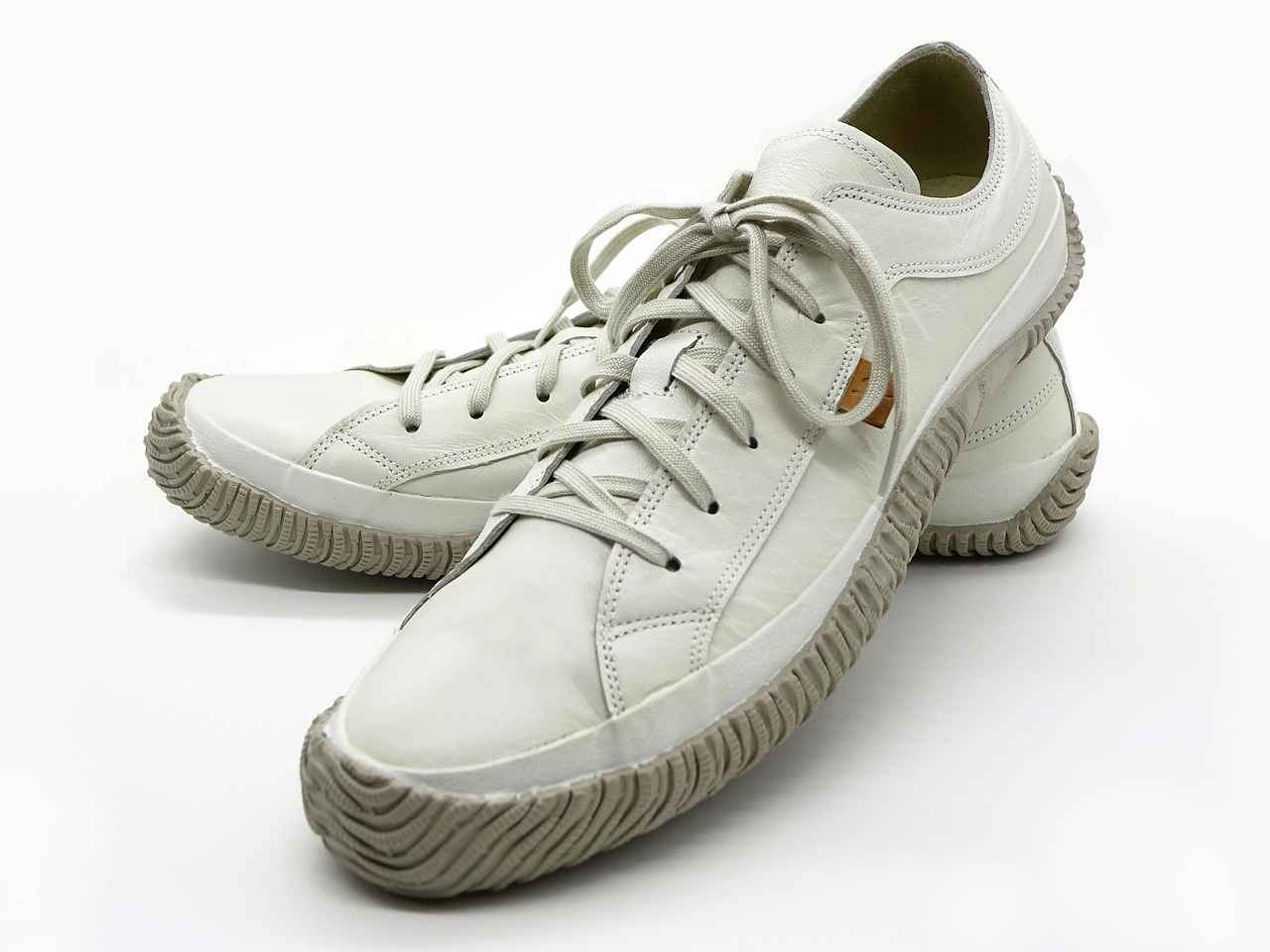
The Importance of Footwear Selection
Choosing the right footwear is crucial for maintaining overall foot health and ensuring comfort throughout daily activities. The significance of selecting appropriate shoes cannot be overstated, as improper footwear can lead to a variety of foot problems, including pain, discomfort, and long-term injuries.
When shoes do not fit properly or lack adequate support, they can contribute to issues such as plantar fasciitis, bunions, and even stress fractures. These conditions often arise from wearing shoes that do not accommodate the unique shape and needs of an individual’s feet. For instance, shoes that are too tight can cause blisters and calluses, while those that are too loose can lead to instability and improper alignment.
Moreover, the type of activity plays a significant role in footwear selection. For example, running shoes are designed with specific features to provide cushioning and support for the impact of running, while casual shoes may prioritize style over function. It is essential to match the shoe type with the intended activity to enhance performance and reduce the risk of injury.
- Foot Health: Proper footwear promotes healthy foot function and can prevent common ailments.
- Comfort: Well-fitting shoes reduce fatigue and discomfort during daily activities.
- Performance: The right shoes enhance performance in sports and physical activities.
In addition, it is important to consider factors such as foot type, arch support, and cushioning when selecting footwear. Individuals with flat feet may require shoes with enhanced arch support, while those with high arches might benefit from additional cushioning to absorb shock. Understanding these requirements can significantly impact comfort and overall foot health.
Ultimately, investing time in selecting the right footwear is a proactive step towards maintaining foot health and enhancing quality of life. Whether for work, exercise, or leisure, the right shoes can make all the difference.

Understanding Foot Types
When it comes to selecting the right footwear, understanding your foot type is paramount. Different foot shapes can significantly influence your comfort and support, which is why it’s essential to choose shoes that cater to your specific needs. This section will explore the three primary foot types: flat feet, high-arched feet, and neutral feet, and how each type affects your footwear choices.
- Flat Feet: Individuals with flat feet often have little to no arch. This condition can lead to overpronation, where the foot rolls inward excessively during walking or running. To counteract this, shoes with enhanced arch support are recommended. Look for options that provide stability and cushioning to alleviate discomfort.
- High-Arched Feet: Those with high arches may experience underpronation, where the foot does not roll inward enough. This can lead to insufficient shock absorption, increasing the risk of injuries. For this foot type, shoes with ample cushioning and flexibility are essential to provide the necessary support and comfort.
- Neutral Feet: Neutral foot types have a balanced arch and typically experience less strain. However, it’s still important to choose shoes that offer adequate support and cushioning to maintain comfort during various activities. Look for shoes that promote a natural gait.
Understanding your foot type can help you make informed decisions when selecting footwear. By choosing shoes that cater to your specific needs, you can enhance your overall foot health and comfort. Remember, the right footwear plays a crucial role in preventing injuries and ensuring a pleasant experience during your daily activities.
Flat Feet and Footwear Options
Individuals with flat feet often experience discomfort due to the lack of natural arch support. This condition can lead to various foot problems, making the choice of footwear critical for maintaining comfort and preventing injuries. In this section, we will explore the best footwear options tailored specifically for those with flat feet.
Why Arch Support Matters
For flat-footed individuals, shoes with enhanced arch support are essential. Proper arch support helps to distribute weight evenly across the foot, which can alleviate pressure on the joints and reduce the risk of pain in areas such as the knees, hips, and lower back. Without adequate support, flat feet can lead to conditions like plantar fasciitis and overpronation.
Key Features to Look For
- Stability: Look for shoes that offer stability features, which help control foot motion and provide a solid base.
- Cushioning: Ample cushioning can absorb shock, making walking and running more comfortable.
- Wide Toe Box: A wider toe box allows for natural toe splay, reducing discomfort and pressure.
Recommended Shoe Styles for Flat Feet
When selecting shoes, consider the following styles known for their supportive features:
- Motion Control Shoes: Designed for overpronators, these shoes provide maximum support and stability.
- Running Shoes with Arch Support: Many brands offer running shoes specifically designed for flat feet, ensuring comfort during physical activities.
- Orthotic-Friendly Shoes: Shoes that accommodate custom orthotics can provide personalized support.
Incorporating the right footwear into your daily routine can significantly improve your overall foot health and comfort. By prioritizing shoes with the appropriate support and features, individuals with flat feet can enjoy a more active and pain-free lifestyle.
Benefits of Arch Support
When it comes to maintaining optimal foot health, arch support plays a crucial role, especially for individuals with flat feet. Flat feet, or pes planus, occur when the arches of the foot collapse, leading to increased strain on the ankles, knees, and hips. Proper arch support can significantly enhance comfort and prevent a range of common foot ailments.
One of the primary benefits of arch support is improved alignment. When the arches are adequately supported, the body can maintain a more natural posture, reducing the likelihood of pain and discomfort in the lower body. This alignment is vital for individuals who spend long hours on their feet, as it helps distribute weight evenly across the foot, minimizing pressure points.
Moreover, arch support can help alleviate conditions such as plantar fasciitis and shin splints. These conditions often arise from the excessive strain placed on the foot’s ligaments and muscles. By providing the necessary support, individuals can reduce the risk of these injuries, allowing for a more active lifestyle without the fear of pain.
Additionally, proper arch support enhances overall comfort. Shoes designed with adequate arch support often feature cushioning that absorbs shock, making them ideal for various activities, from walking to running. This comfort can lead to improved performance in sports and daily tasks, as individuals are less likely to experience fatigue or discomfort.
In summary, investing in footwear with proper arch support is essential for those with flat feet. It promotes better alignment, reduces strain, and enhances comfort, ultimately leading to improved foot health and overall well-being. Whether you are a casual walker or an avid runner, prioritizing arch support in your footwear choices can make a significant difference in your daily activities.
Recommended Shoe Styles
When it comes to finding the right footwear for flat feet, it is essential to prioritize support and comfort. Individuals with flat feet often experience discomfort due to a lack of proper arch support. Therefore, selecting shoes designed specifically for this foot type can make a significant difference in overall foot health. Below, we explore some of the best shoe styles that cater to flat-footed individuals, ensuring they can walk, run, and engage in daily activities without pain.
- Walking Shoes: Look for walking shoes with a wide toe box and ample cushioning. Brands like New Balance and ASICS offer models that provide excellent arch support and stability.
- Running Shoes: Choose running shoes that feature a supportive midsole and reinforced heel. Popular choices include Brooks and Saucony, known for their focus on comfort and alignment.
- Casual Sneakers: For everyday wear, opt for sneakers that combine style and functionality. Nike and Adidas have lines that cater to flat feet, offering both aesthetic appeal and necessary support.
- Orthopedic Shoes: If you experience significant discomfort, consider orthopedic shoes designed specifically for flat feet. Brands like Orthofeet provide shoes that integrate advanced support technology.
- Sandals: During warmer months, look for sandals with adjustable straps and contoured footbeds. Teva and Birkenstock offer options that maintain comfort without sacrificing style.
In addition to choosing the right shoe style, it is advisable to consider custom insoles or orthotics for enhanced support. Consulting with a podiatrist can help determine the best options tailored to your specific needs. Remember, investing in quality footwear is crucial for maintaining foot health and overall well-being.
High-Arched Feet and Suitable Shoes
Individuals with high arches often encounter unique challenges when it comes to footwear selection. Unlike those with flat feet, high-arched individuals typically have less contact with the ground, which can lead to inadequate shock absorption and increased pressure on the heels and balls of the feet. Therefore, it is essential to choose shoes that provide adequate cushioning and support to promote comfort and prevent injuries.
When selecting shoes for high-arched feet, look for the following features:
- Cushioning: Shoes with ample cushioning can help absorb impact and reduce pressure on the feet. Look for materials like gel or foam that offer a soft landing with each step.
- Arch Support: While high arches may seem like they require less support, the right arch support can help maintain proper foot alignment and prevent strain. Consider shoes with built-in arch support or the option to insert custom orthotics.
- Stability: Stability shoes can help control excessive foot motion, providing a more stable base during activities. This is particularly important for those who engage in running or high-impact sports.
- Flexibility: A flexible shoe allows for natural foot movement, which is crucial for comfort. Look for shoes that bend easily at the ball of the foot.
Some recommended shoe styles for individuals with high arches include:
| Brand | Model | Key Features |
|---|---|---|
| Asics | Gel-Kayano | Excellent cushioning and support |
| Brooks | Ghost | Soft cushioning with a responsive feel |
| Nike | Air Zoom Pegasus | Lightweight and flexible with good arch support |
In conclusion, choosing the right footwear is crucial for those with high arches to ensure comfort and prevent potential foot problems. By focusing on cushioning, arch support, stability, and flexibility, individuals can find shoes that not only meet their needs but also enhance their overall foot health.
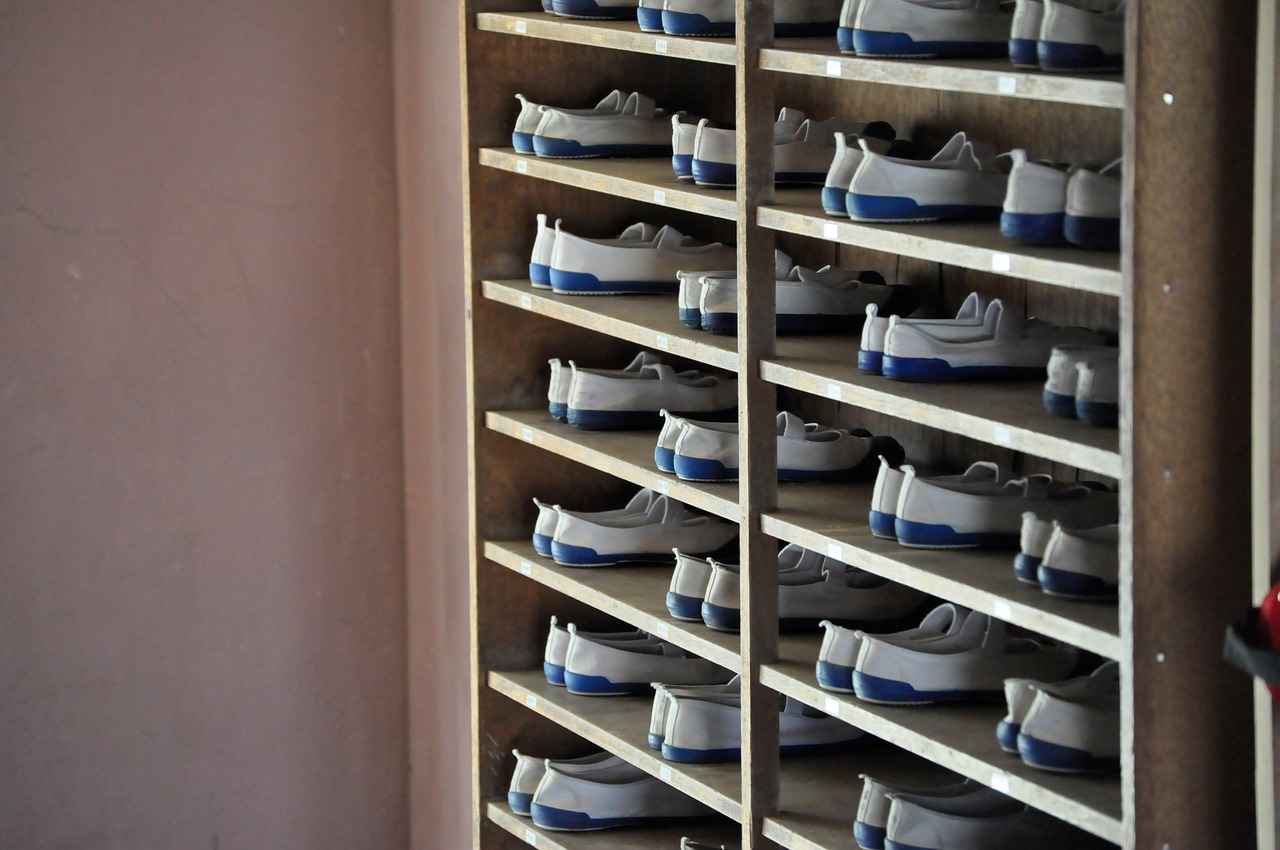
Footwear for Specific Activities
is essential for maximizing performance and comfort. Different activities place unique demands on our feet, making it crucial to choose the right type of shoe. This section explores the best footwear options tailored for running, walking, and various sports, ensuring you can perform at your best while keeping your feet healthy.
When it comes to running, the right shoes can significantly impact your performance and reduce the risk of injury. Look for shoes that offer cushioning and support. Key features to consider include:
- Shock Absorption: Helps reduce impact on joints.
- Breathability: Keeps feet cool and dry during runs.
- Fit: Ensure a snug but comfortable fit to prevent blisters.
For those who enjoy walking, comfort is paramount. Walking shoes should provide excellent arch support and cushioning, as well as a flexible sole. Important features to look for include:
- Lightweight Material: Reduces fatigue over long distances.
- Non-Slip Outsole: Provides traction on various surfaces.
- Roomy Toe Box: Allows for natural toe movement.
In the realm of sports, the right footwear varies greatly depending on the activity. For example:
| Sport | Recommended Footwear |
|---|---|
| Basketball | High-top sneakers for ankle support and traction. |
| Tennis | Specialized court shoes for lateral support and stability. |
| Soccer | Cleats designed for grip on grass or turf. |
Choosing the right footwear for specific activities not only enhances performance but also plays a vital role in preventing injuries. By investing in the appropriate shoes tailored to your activity, you can ensure a more enjoyable and effective experience.
Running Shoes: What to Look For
Selecting the right running shoes is critical for both performance and injury prevention. With the multitude of options available, understanding the essential features of running footwear can significantly enhance your running experience.
First and foremost, consider the cushioning. The level of cushioning varies between shoes, with some designed for maximum comfort and others aimed at providing a more responsive feel. Runners with a heavier build may benefit from shoes with more cushioning to absorb impact, while lighter runners might prefer a firmer shoe for better ground feedback.
Another vital aspect is support. Different foot types require specific support levels. For instance, those with flat feet often need shoes with enhanced arch support, while runners with high arches might seek shoes that offer more flexibility and cushioning. It’s essential to understand your foot type to make an informed decision.
Fit is equally important. A proper fit ensures that your feet are secure without being too tight. When trying on shoes, ensure there’s enough space in the toe box and that the heel fits snugly to prevent blisters and discomfort during runs. It’s advisable to try shoes on at the end of the day when your feet are slightly swollen, mimicking conditions during a run.
Moreover, the weight of the shoe can affect your running efficiency. Lighter shoes can enhance speed, while heavier shoes may offer more stability and protection, especially on rugged terrains. Assess your running goals to determine the best weight for your needs.
Lastly, consider the durability of the materials used in the shoe’s construction. High-quality materials not only enhance comfort but also prolong the life of the footwear, making it a worthwhile investment.
In summary, when selecting running shoes, prioritize features such as cushioning, support, fit, weight, and durability. By focusing on these aspects, you can find the ideal pair that aligns with your running style and helps prevent injuries.
Walking Shoes: Key Features
When it comes to walking shoes, comfort and support are essential for an enjoyable experience. Selecting the right pair can significantly impact your overall foot health and walking enjoyment. Here are the key features to look for in walking shoes:
- Arch Support: A shoe with adequate arch support helps maintain proper foot alignment, reducing the risk of strain and discomfort. Look for shoes that offer built-in arch support tailored to your specific foot type.
- Cushioning: Ample cushioning absorbs shock and provides comfort during long walks. Opt for shoes with high-quality foam or gel insoles that enhance comfort without compromising stability.
- Breathability: Materials that allow for airflow are crucial in keeping your feet dry and comfortable. Look for shoes made with breathable mesh or synthetic materials that wick away moisture.
- Fit: A proper fit is vital. Ensure there is enough room in the toe box to prevent pinching and that the heel fits snugly to avoid blisters. Trying on shoes with the socks you plan to wear can help achieve the best fit.
- Weight: Lightweight shoes can enhance your walking experience by reducing fatigue. Choose shoes that provide support without being overly heavy.
- Traction: The outsole of the shoe should offer good grip on various surfaces. Look for rubber soles with a tread pattern designed for walking to ensure stability and prevent slips.
- Durability: Walking shoes should withstand regular use. Check for quality stitching and materials that can endure wear and tear over time.
By focusing on these features, you can find walking shoes that not only meet your comfort and support needs but also enhance your overall walking experience. Remember, investing in the right footwear is a step towards better foot health.
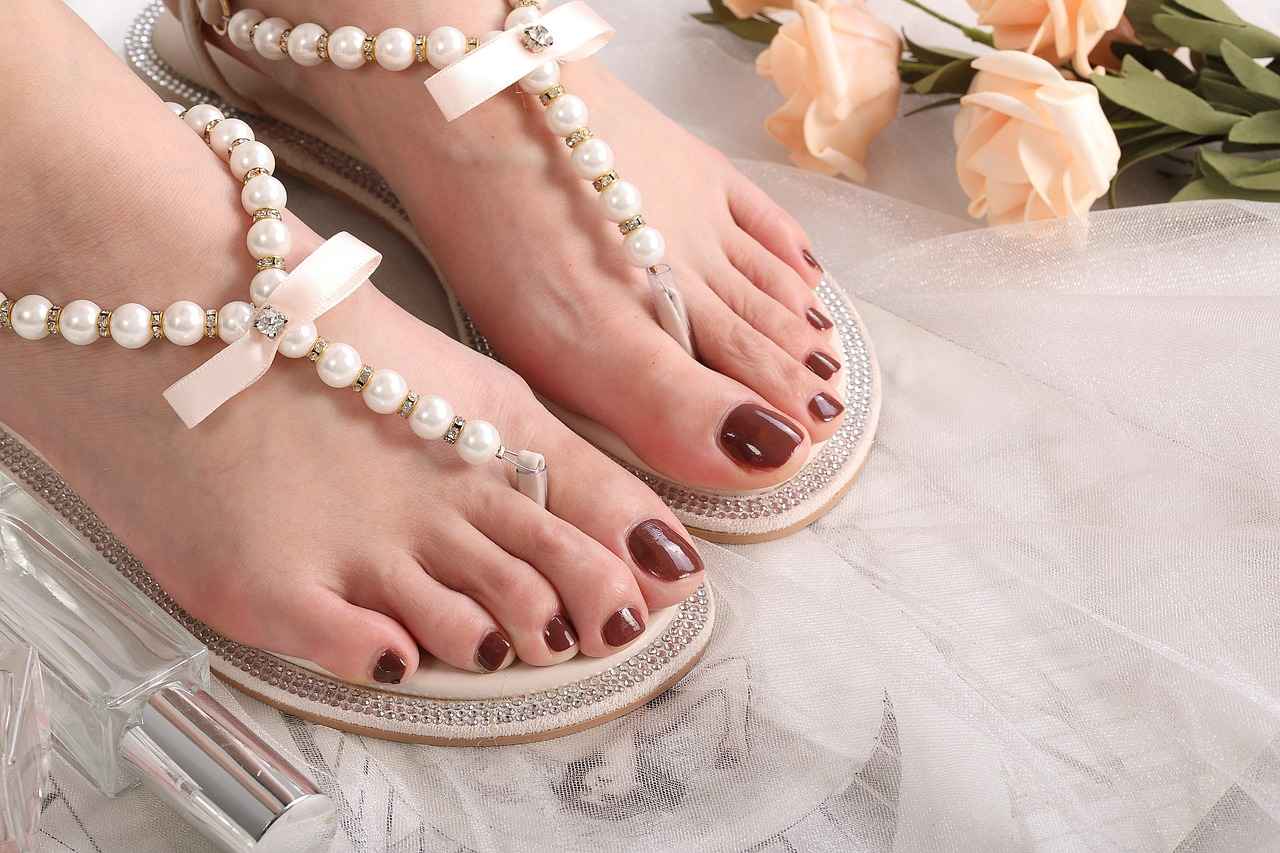
Fashion vs. Functionality in Footwear
In today’s fast-paced world, the selection of footwear plays a pivotal role in our daily lives. Striking a balance between style and comfort is essential, as our shoes not only reflect our personal style but also impact our overall well-being. This section delves into how to choose shoes that are both fashionable and functional, ensuring you make a statement while taking care of your feet.
When shopping for shoes, consider the following key factors:
- Material: The fabric and construction of a shoe can significantly affect both comfort and style. Look for breathable materials that provide support without compromising on aesthetics.
- Fit: A proper fit is crucial. Shoes that are too tight or too loose can lead to discomfort and foot problems. Always try shoes on and walk around to assess their fit.
- Arch Support: Good arch support is vital for comfort. Whether you prefer heels or flats, ensure your shoes provide adequate support to prevent strain.
- Cushioning: Shoes with sufficient cushioning can enhance comfort, particularly for long wear. Look for shoes with padded insoles and shock-absorbing soles.
- Style Versatility: Opt for shoes that can transition from day to night. A versatile design allows for easy pairing with various outfits, keeping you stylish in any setting.
To further illustrate the balance of style and comfort, consider the following examples:
| Type of Shoe | Style Features | Comfort Features |
|---|---|---|
| Loafers | Classic design, suitable for formal and casual wear | Soft leather, cushioned insoles |
| Running Sneakers | Trendy colors and designs | High arch support, breathable mesh |
| Sandals | Chic styles for summer | Adjustable straps, padded footbeds |
Ultimately, finding the right pair of shoes is about understanding your unique needs while keeping fashion in mind. By prioritizing both style and functionality, you can ensure that your footwear enhances not only your outfit but also your overall comfort and health.
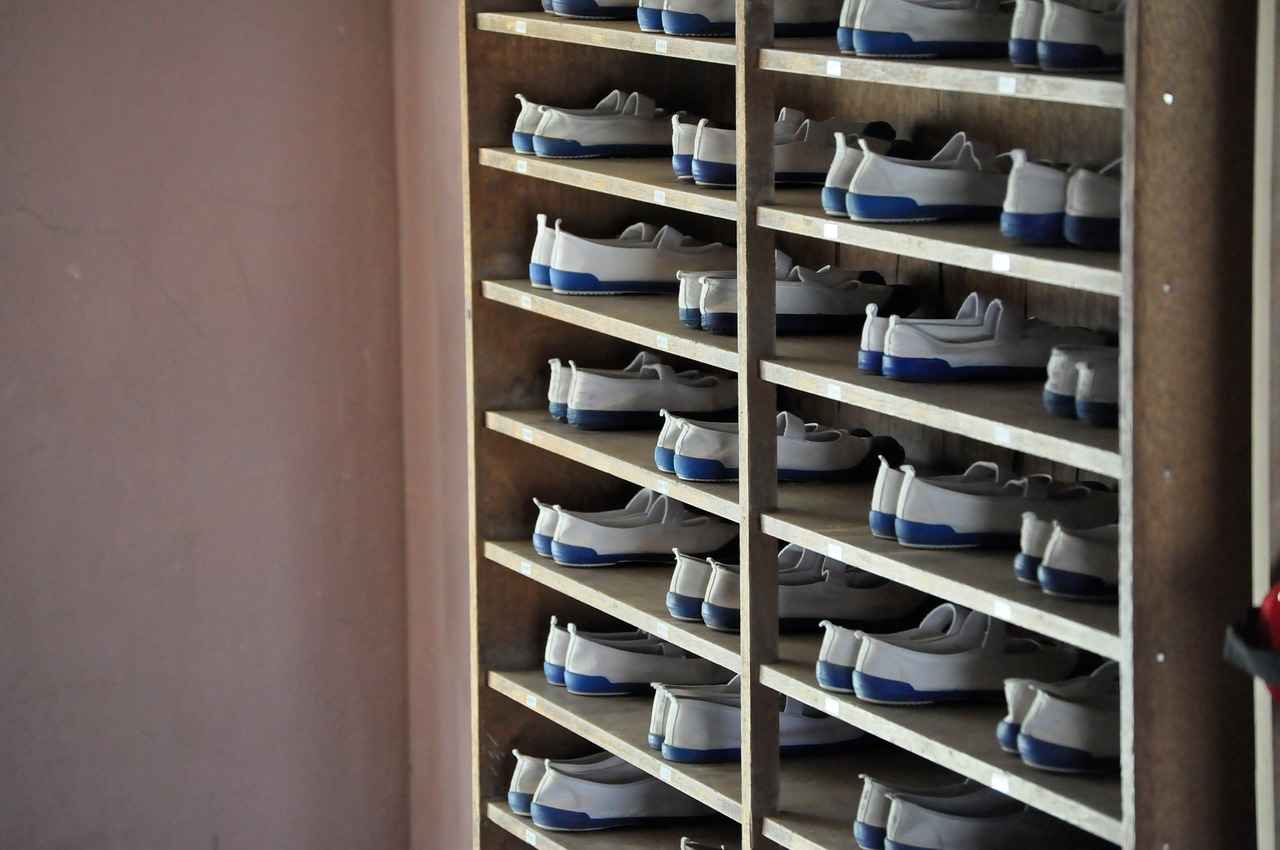
Common Foot Problems and Their Solutions
Choosing the right footwear is not just a matter of style; it can significantly affect your overall foot health. Many individuals experience various foot problems due to improper shoe selection. This section delves into common foot issues, their underlying causes, and how to choose shoes that can help alleviate discomfort while promoting better foot health.
- Plantar Fasciitis: This condition often arises from inadequate arch support or wearing shoes that lack cushioning. It is characterized by heel pain, particularly in the morning. To combat this, opt for shoes with good arch support and cushioning.
- Bunions: Bunions are painful bumps that form at the base of the big toe, often exacerbated by narrow or ill-fitting shoes. Look for footwear with a wide toe box to provide ample space for your toes and reduce pressure.
- Flat Feet: Individuals with flat feet may experience overpronation, leading to discomfort and potential injuries. Shoes with stability features and arch support are recommended to help maintain proper foot alignment.
- High Arches: Those with high arches often need shoes with extra cushioning to absorb impact. Look for footwear that offers shock absorption and flexibility to accommodate the unique shape of your foot.
- Calluses and Corns: These are thickened areas of skin that develop due to friction and pressure from ill-fitting shoes. Select shoes that fit well and avoid high heels or overly tight footwear to minimize these issues.
To promote foot health, always prioritize comfort and support when selecting shoes. Consider visiting a specialist to assess your foot type and receive personalized recommendations. Investing in quality footwear can prevent many common foot problems and enhance your overall well-being.
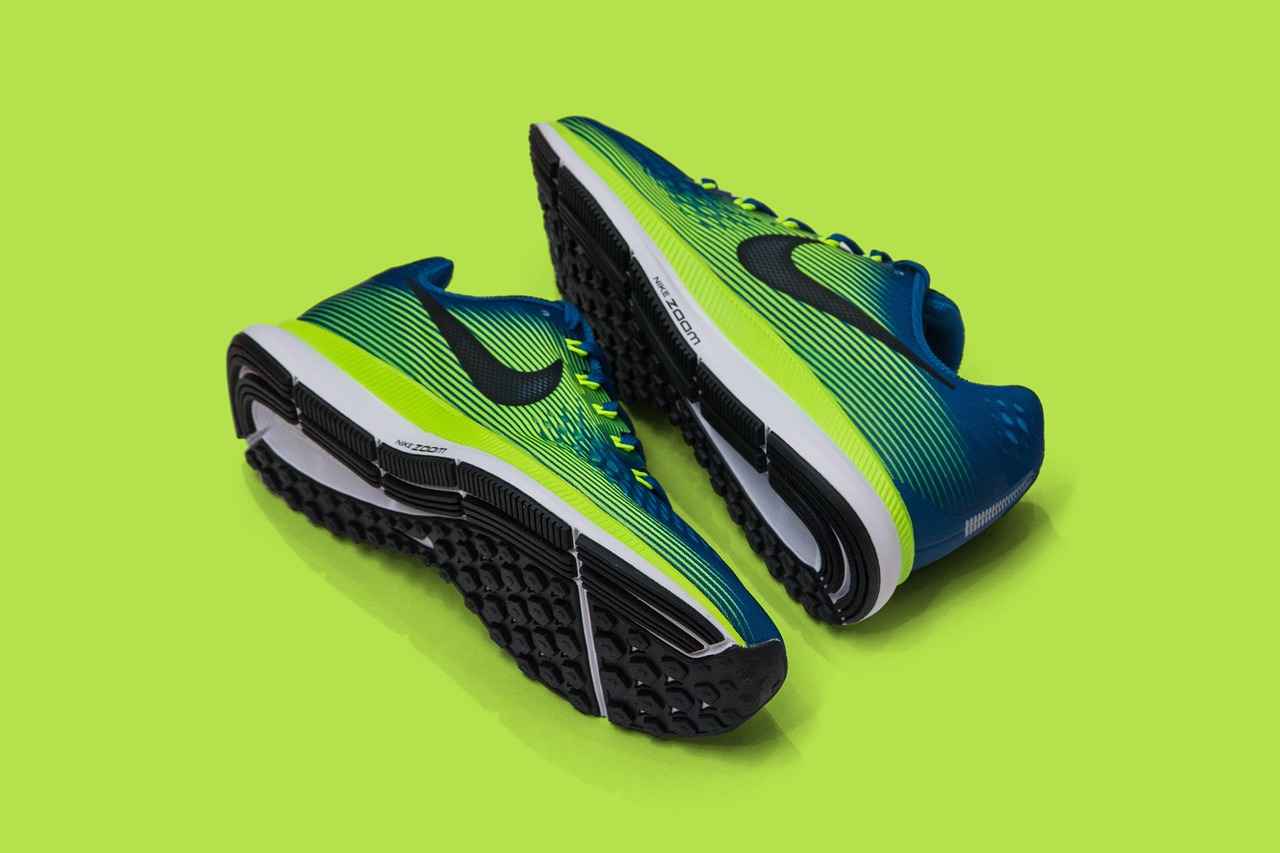
Tips for Finding the Perfect Fit
Finding the right fit for your shoes is essential not only for comfort but also for maintaining overall foot health. A proper fit can prevent a range of foot issues, including blisters, calluses, and even more serious conditions such as plantar fasciitis. This section provides practical tips on how to measure your feet accurately and ensure your shoes fit well.
- Measure Your Feet Regularly: It’s important to measure your feet every time you shop for shoes, as foot size can change over time due to factors like age, weight fluctuations, and pregnancy.
- Measure in the Evening: Feet tend to swell throughout the day, so measuring them in the evening can give you a more accurate size.
- Use the Right Measuring Tools: A Brannock device is the most accurate tool for measuring foot length and width. If unavailable, you can use a ruler to measure the length from the heel to the longest toe.
- Check for Width: Don’t just focus on length; width is equally important. Make sure you know whether you have narrow, regular, or wide feet to find shoes that accommodate your foot shape.
- Try Shoes on with Appropriate Socks: Always wear the type of socks you plan to use with the shoes when trying them on. This helps ensure a more accurate fit.
- Walk Around: Always take the time to walk in the shoes before purchasing. Pay attention to any areas of discomfort or tightness.
- Check the Toe Box: Ensure there is enough space in the toe box. A good rule of thumb is to have about a thumb’s width of space between your longest toe and the end of the shoe.
- Consider Arch Support: Depending on your foot type, look for shoes that offer adequate arch support. This can greatly enhance comfort and prevent foot fatigue.
By following these tips, you can ensure that your shoes fit correctly, promoting comfort and preventing potential foot health issues. Remember, a well-fitted shoe is an investment in your overall well-being.

Maintaining Your Footwear
is essential not only for aesthetics but also for extending the lifespan of your shoes. Proper care can significantly enhance performance and comfort, ensuring that your footwear remains in optimal condition. This section will guide you through effective cleaning and maintenance practices tailored for various types of footwear.
- Cleaning Leather Shoes
- Use a soft brush or cloth to remove dirt.
- Apply a specialized leather cleaner for deeper cleaning.
- Condition the leather regularly to prevent cracking.
- Maintaining Suede Footwear
- Brush with a suede brush to remove dirt and stains.
- Use a suede protector spray to guard against water and stains.
- Avoid water exposure to preserve the texture.
- Caring for Athletic Shoes
- Remove insoles and laces before cleaning.
- Hand wash with mild soap and warm water; avoid machine washing.
- Air dry away from direct sunlight to maintain shape.
Footwear Storage is another critical aspect of maintenance. Store your shoes in a cool, dry place, preferably in a shoe box or on a shoe rack. Using shoe trees can help maintain their shape, especially for leather shoes.
Finally, regularly inspect your shoes for signs of wear and tear. Look for worn-out soles, loose stitching, or any other damage that could affect performance. Addressing these issues promptly can prevent further deterioration and keep your footwear functional for longer.
By following these maintenance tips, you can ensure that your shoes not only look great but also provide the support and comfort you need for your daily activities.
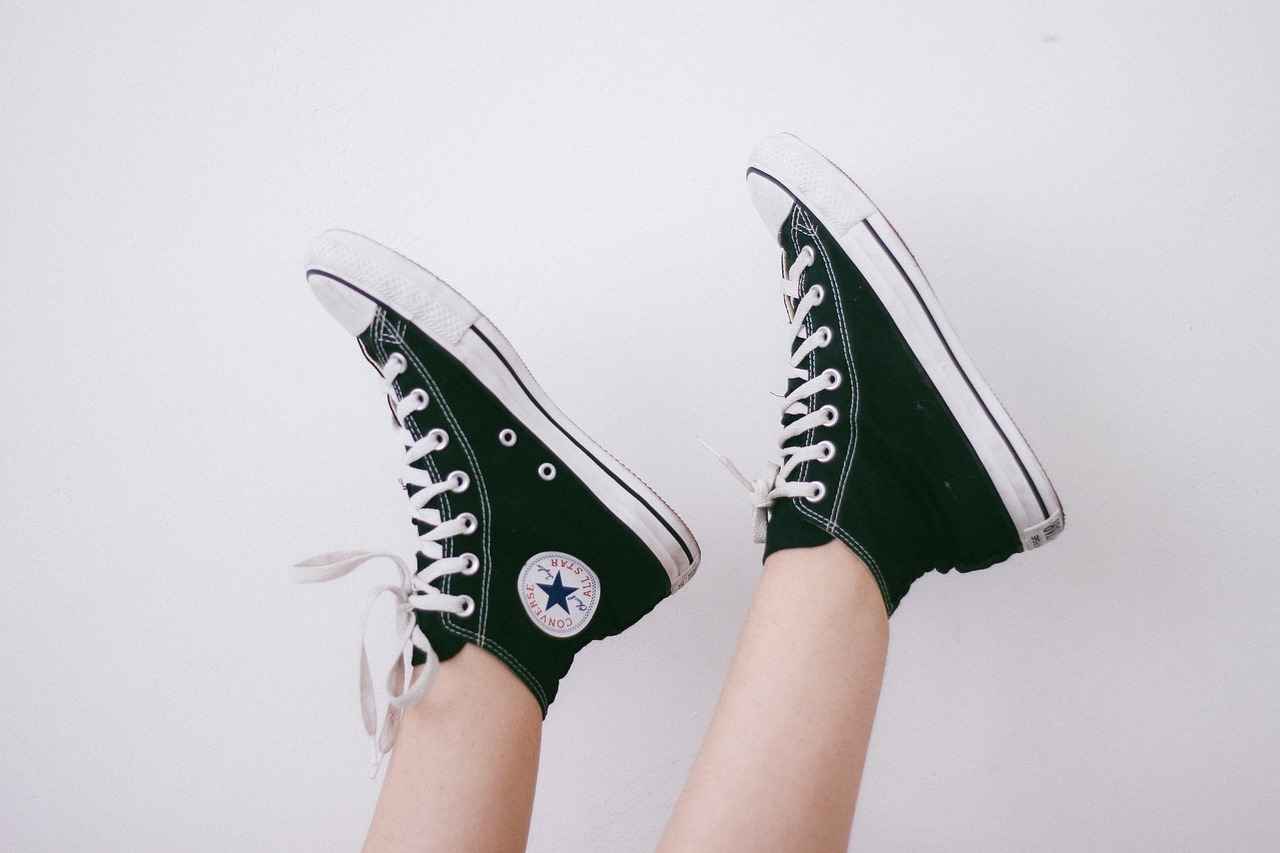
When to Replace Your Shoes
Knowing when to replace your footwear is essential for foot health. Wearing worn-out shoes can lead to discomfort, pain, and even serious foot problems. Recognizing the signs that indicate it’s time to invest in a new pair of shoes can significantly enhance your overall comfort and support.
Here are some key indicators that suggest it’s time to replace your shoes:
- Visible Wear and Tear: Check the soles of your shoes. If you notice uneven wear, cracks, or a lack of tread, it’s a clear signal that your shoes are no longer providing the necessary support.
- Loss of Cushioning: Over time, the cushioning in shoes diminishes. If you start to feel discomfort or increased impact on your feet, it may be time to seek a new pair.
- Deformity: If your shoes have started to lose their shape or have developed bulges, it can lead to instability and discomfort. Deformed shoes can also affect your walking posture.
- Unpleasant Odors: Persistent odors can indicate bacterial growth. If cleaning doesn’t help, it might be time to replace them for hygiene reasons.
- Age of the Shoes: As a general rule, athletic shoes should be replaced every 300 to 500 miles, while casual shoes may need replacing every 6 to 12 months, depending on usage.
Investing in a new pair of shoes not only enhances your comfort but also plays a crucial role in maintaining overall foot health. Regularly assessing your footwear ensures that you are equipped with the right support for your daily activities, whether it’s walking, running, or standing for extended periods. Remember, your feet deserve the best!
Frequently Asked Questions
- What type of shoes should I choose for flat feet?
If you have flat feet, look for shoes with excellent arch support and a firm heel counter. Brands that specialize in orthopedic footwear often provide the best options to keep your feet comfortable and aligned.
- How can I determine my foot type?
You can determine your foot type by performing a simple wet test. Wet your foot and step onto a piece of cardboard or paper. The imprint will show if you have flat, neutral, or high arches based on the shape of your footprint.
- When should I replace my running shoes?
It’s generally recommended to replace your running shoes every 300 to 500 miles, or if you notice any signs of wear and tear, such as uneven tread or lack of cushioning. This helps prevent injuries and ensures optimal performance.
- Can I wear fashionable shoes if I have foot problems?
Absolutely! Look for shoes that combine style and support. Many brands now offer fashionable options that cater to specific foot needs, so you don’t have to sacrifice style for comfort.
- How do I maintain my shoes for longevity?
To keep your shoes in good condition, regularly clean them according to the material, store them properly, and avoid wearing them in harsh conditions. This simple care can significantly extend their lifespan.

